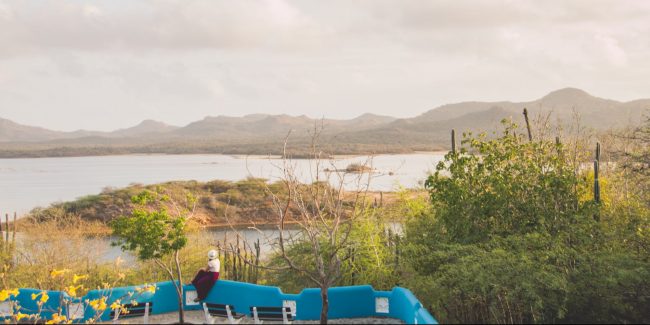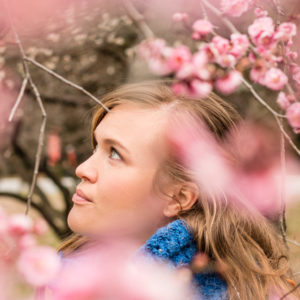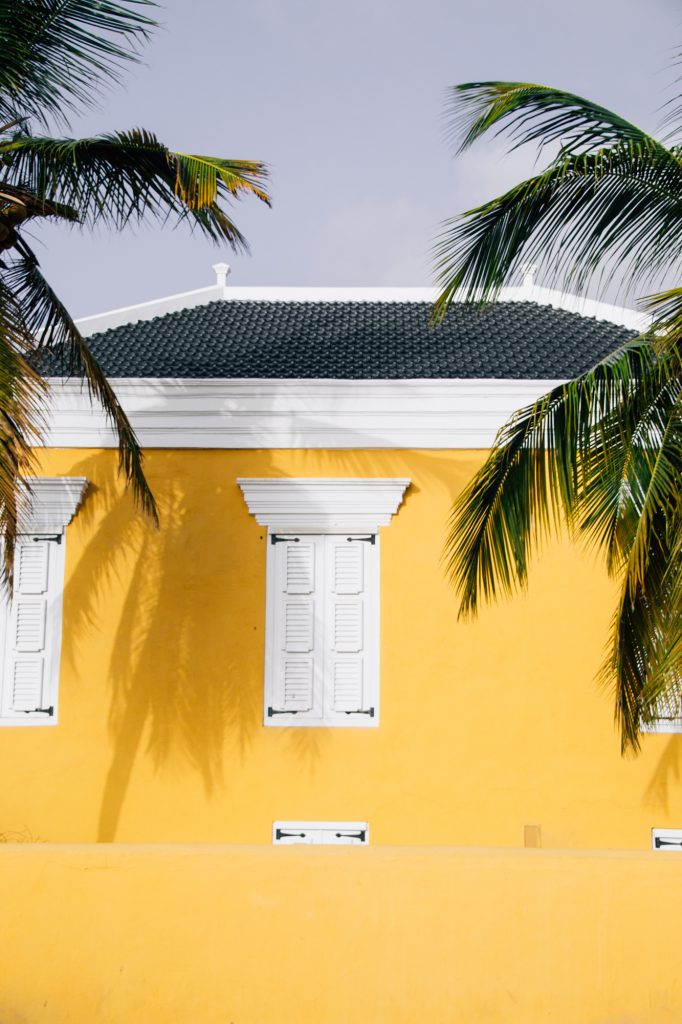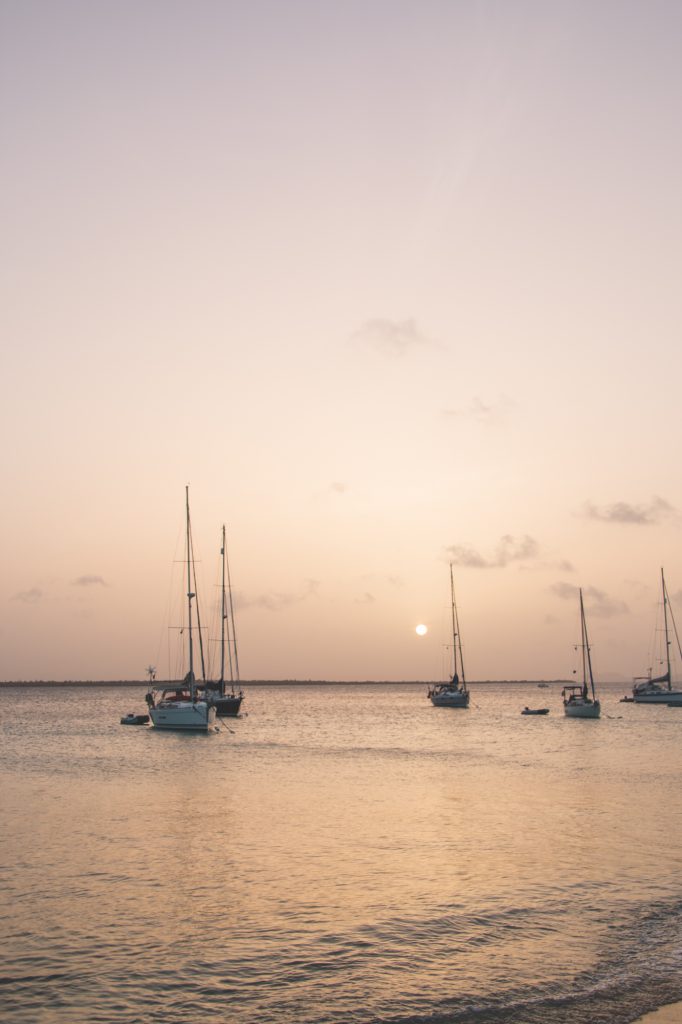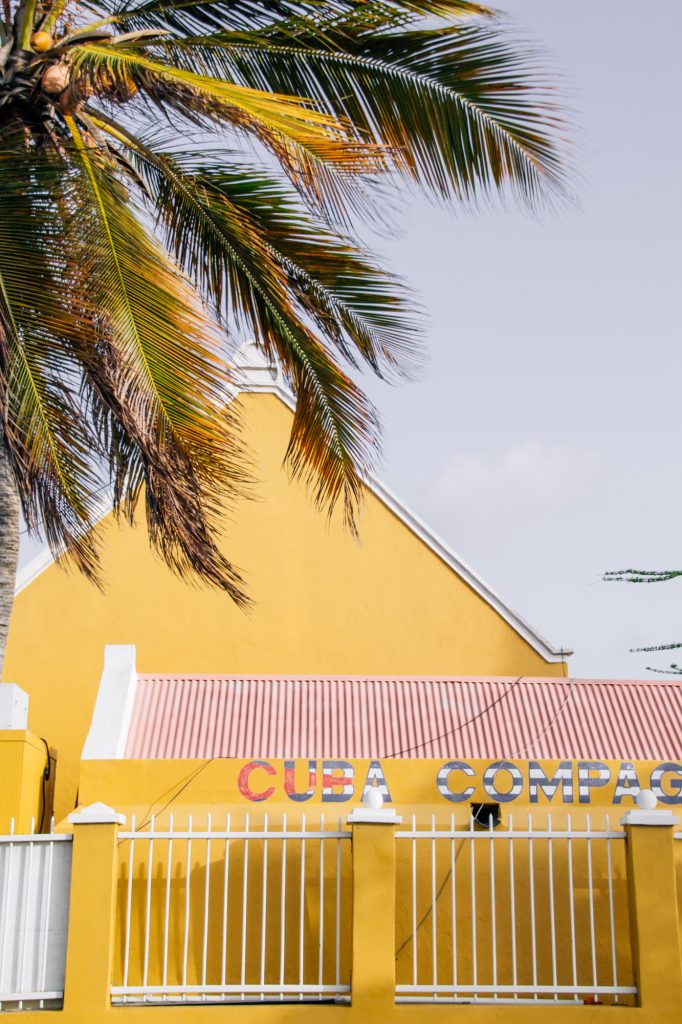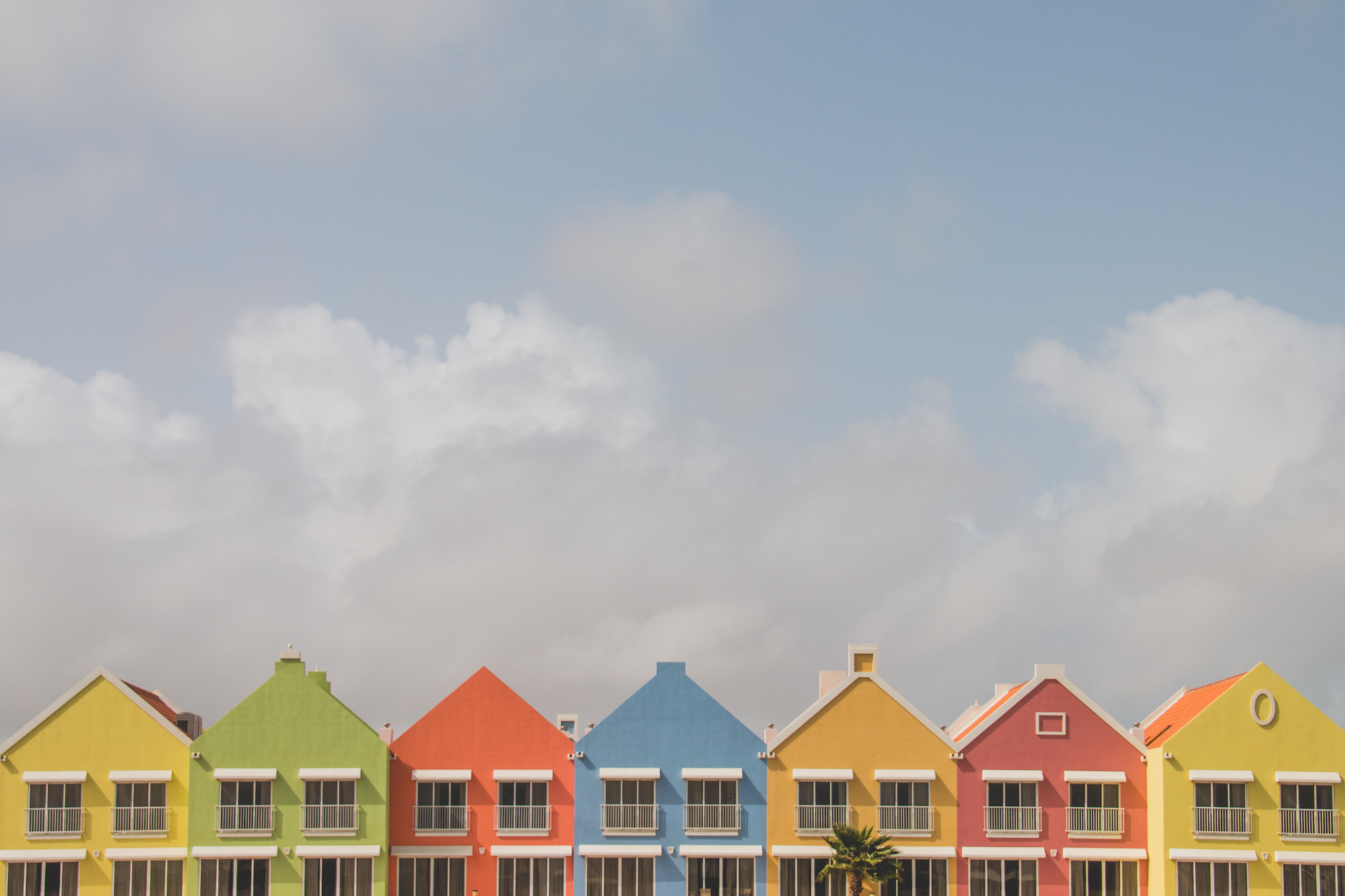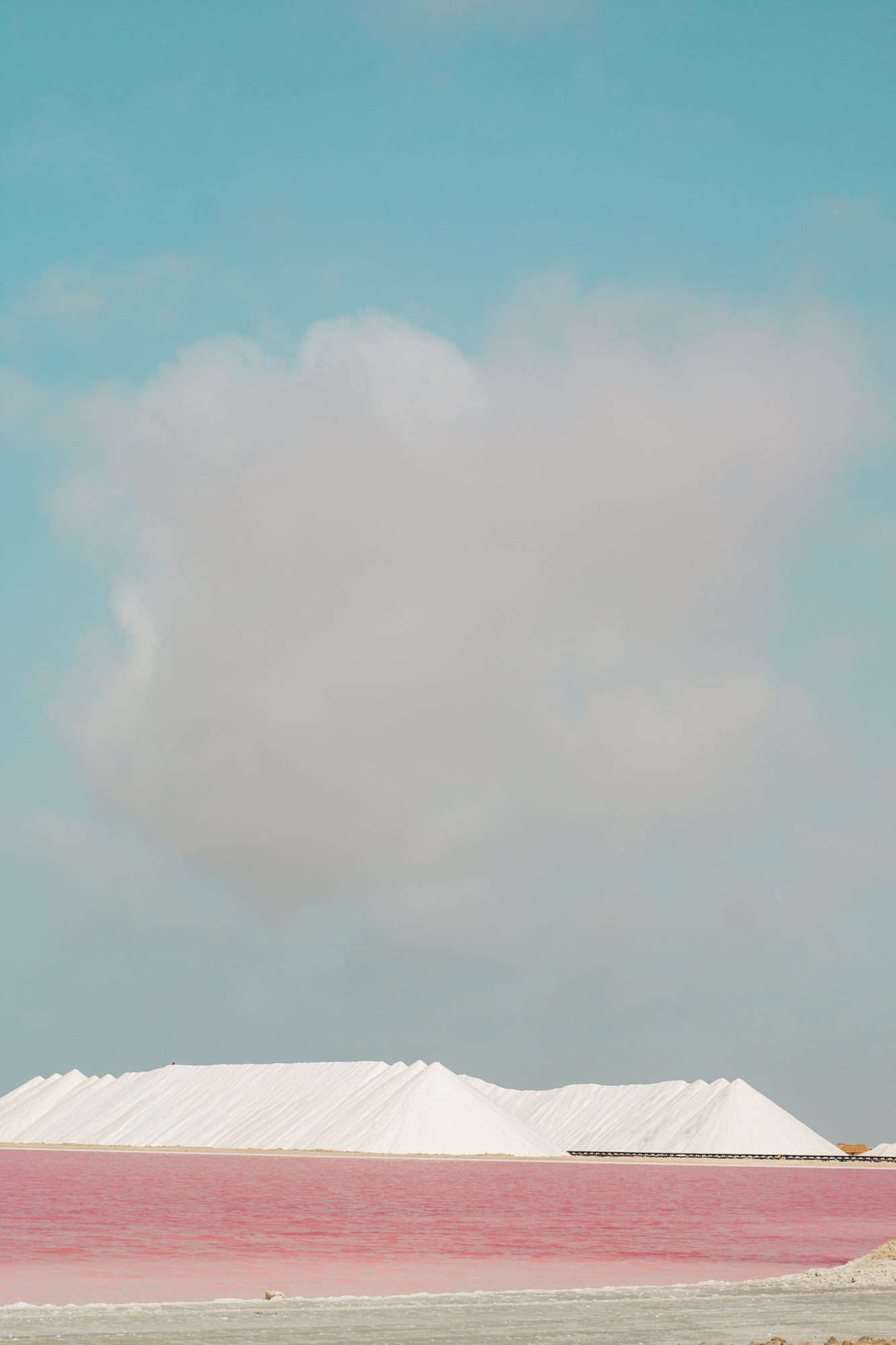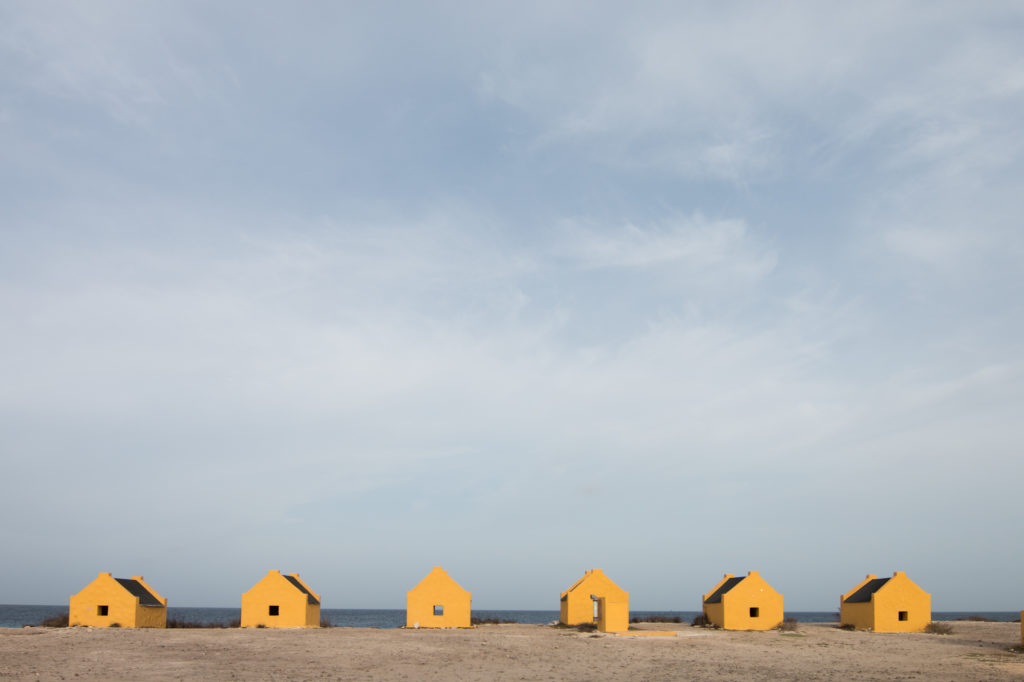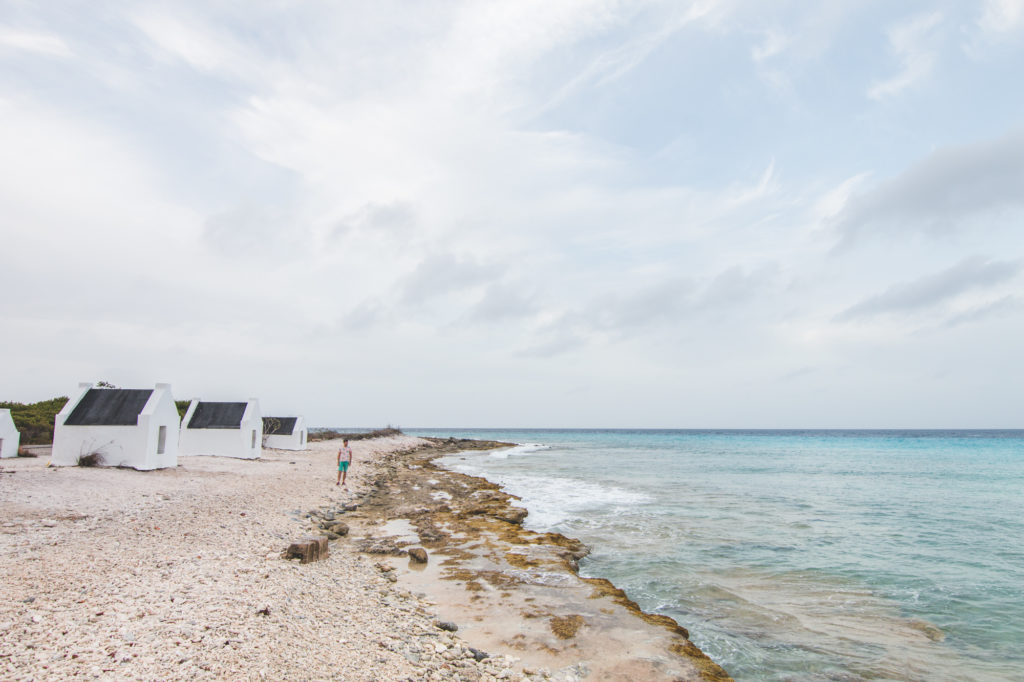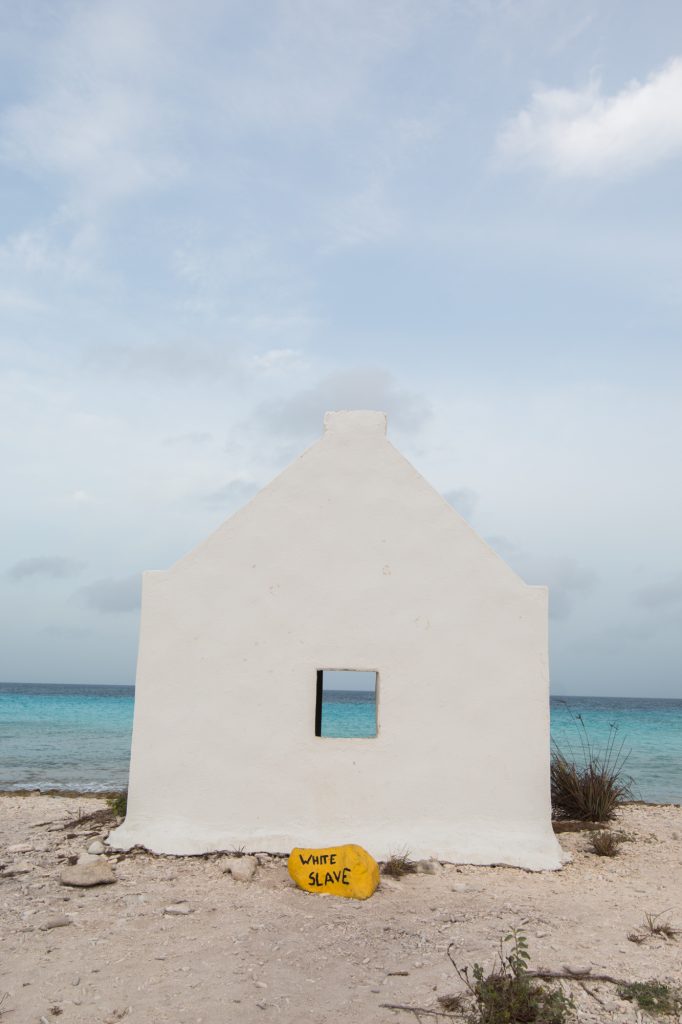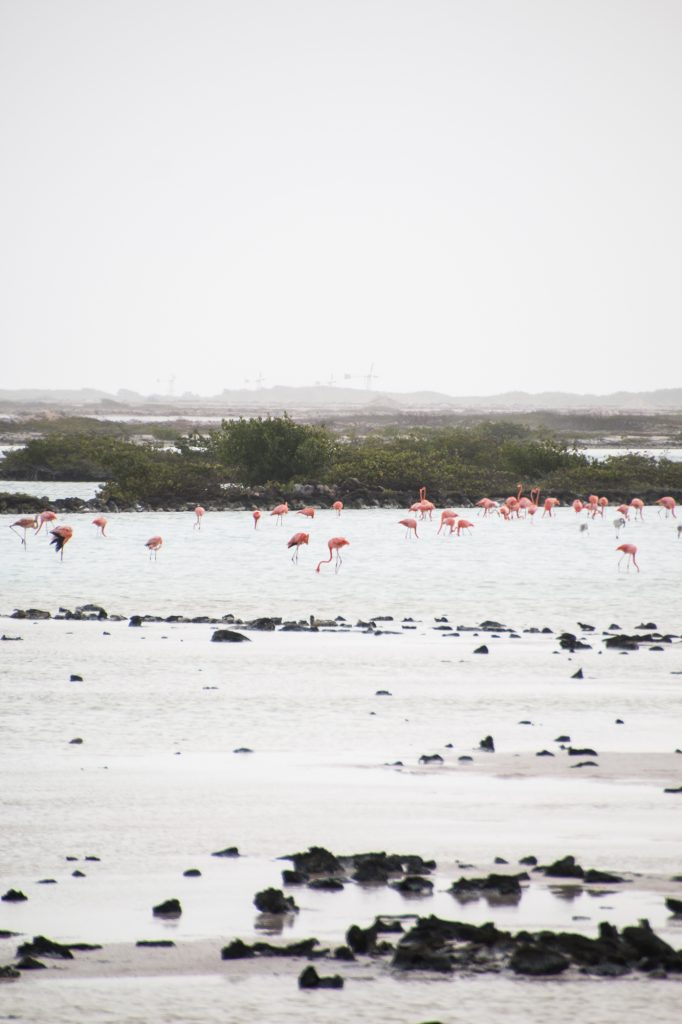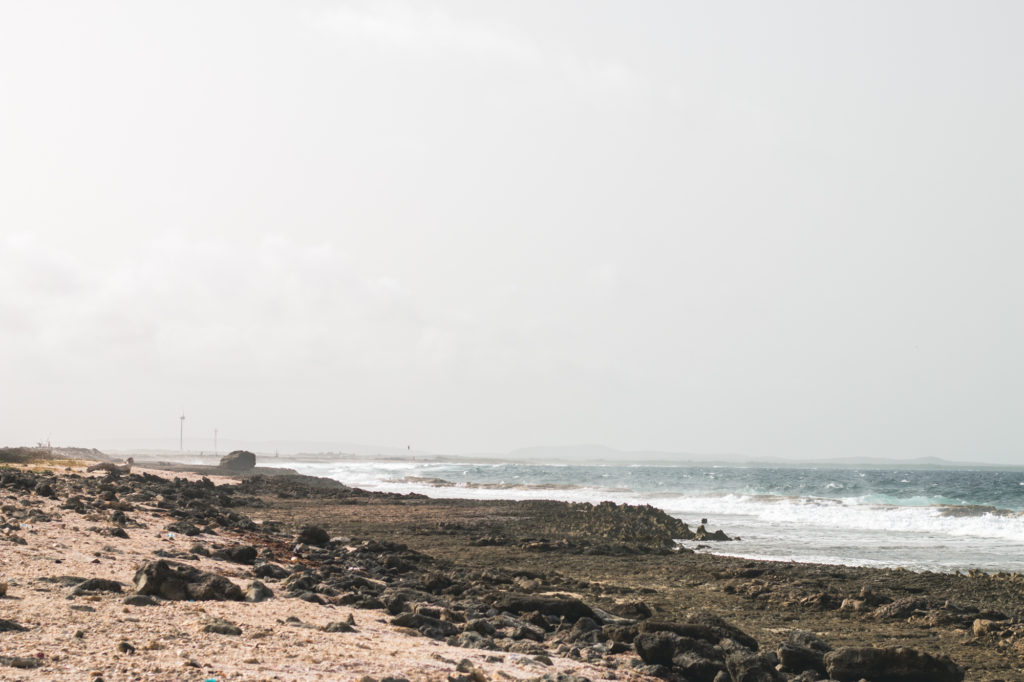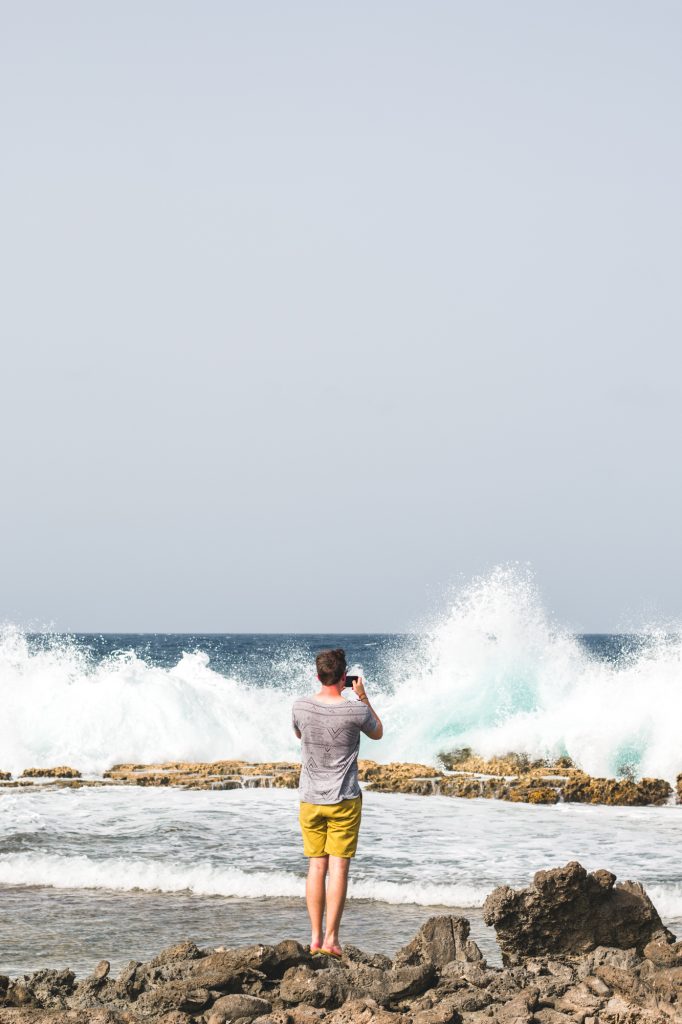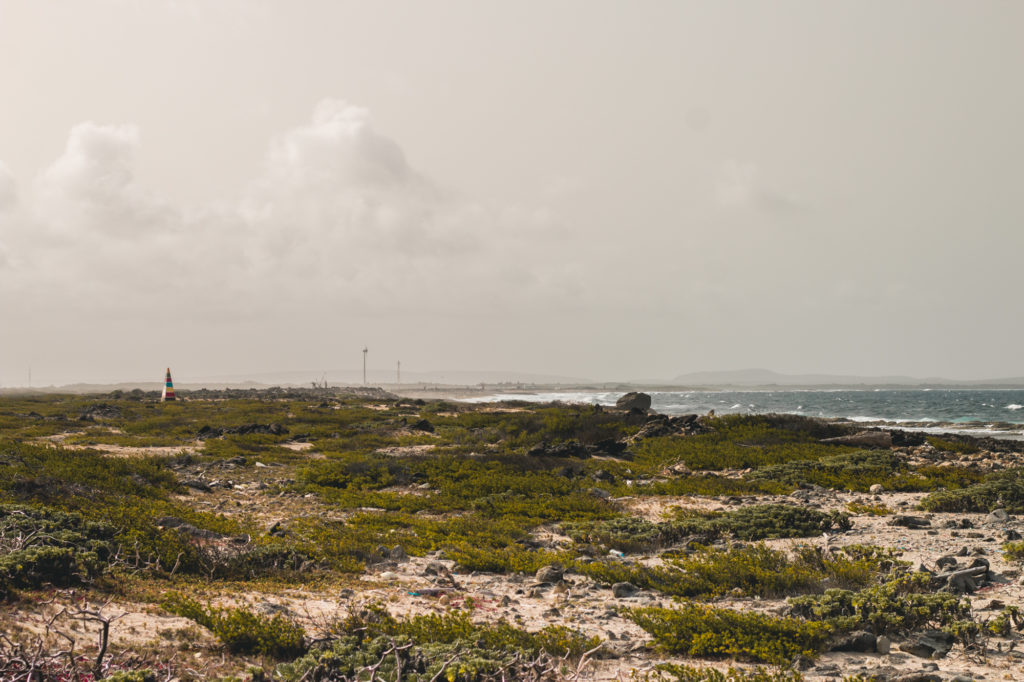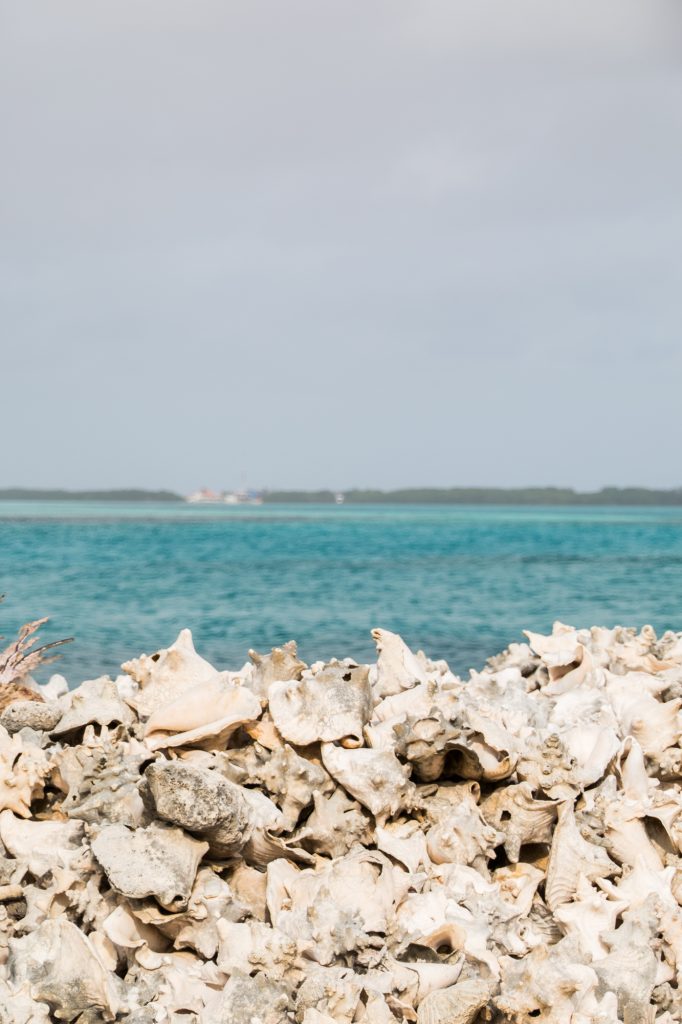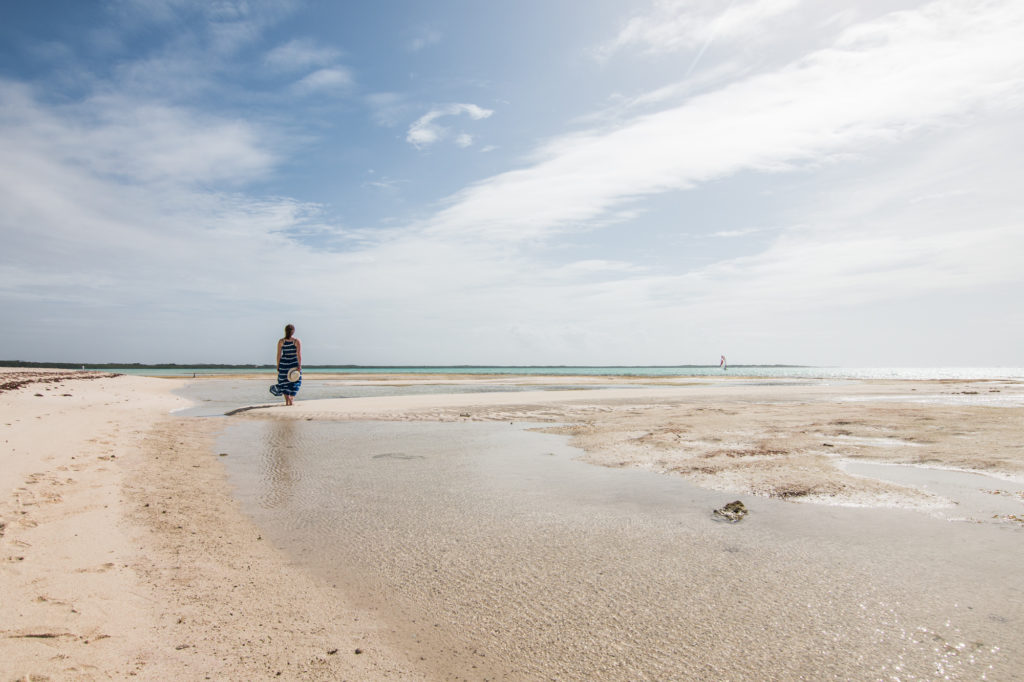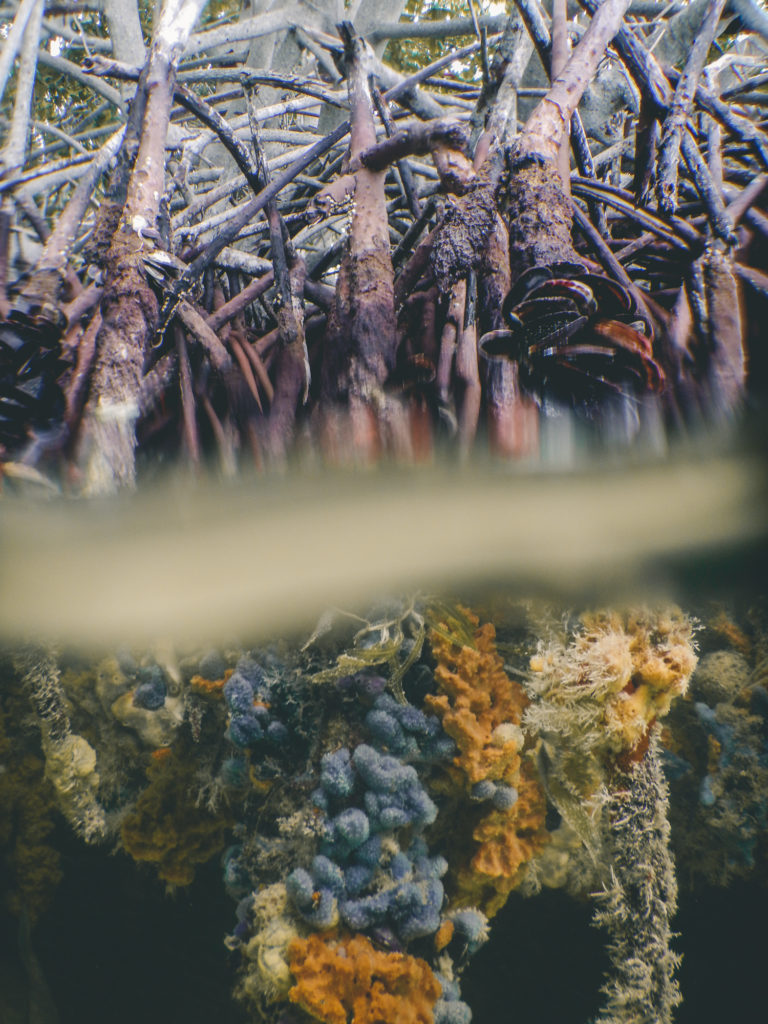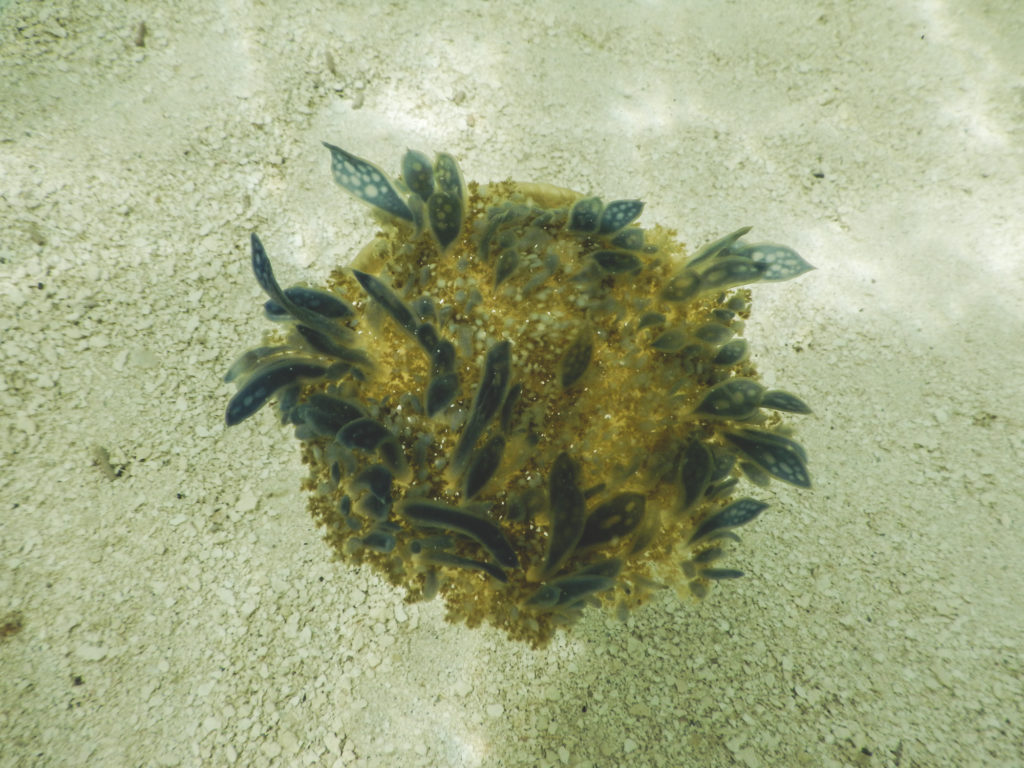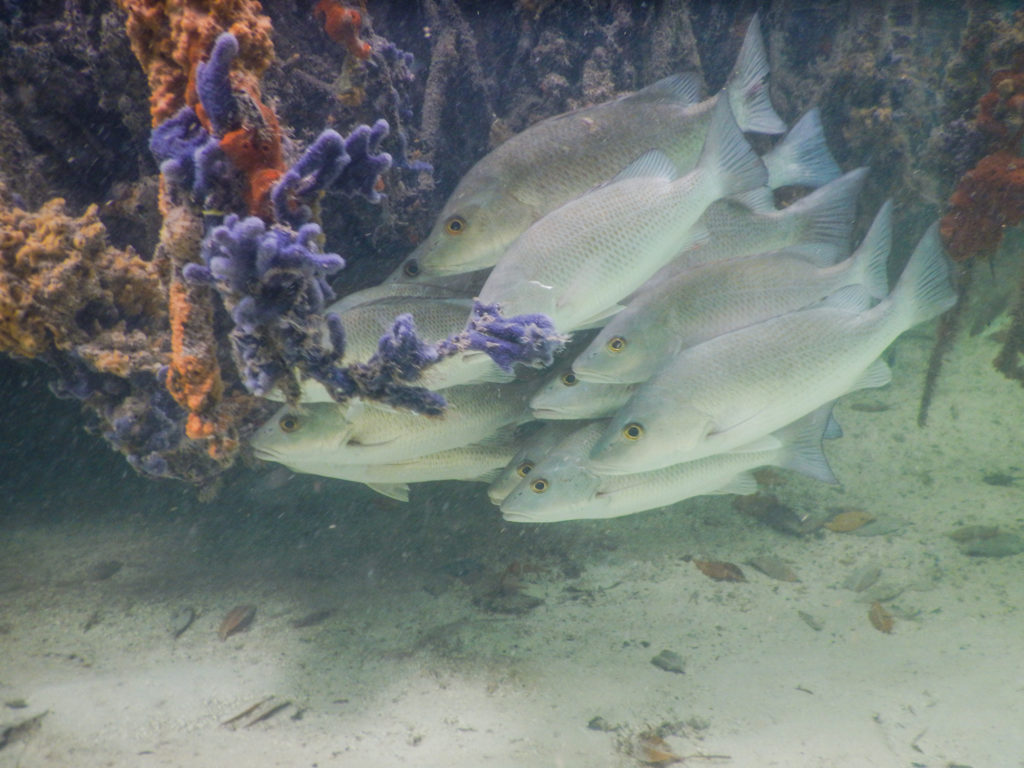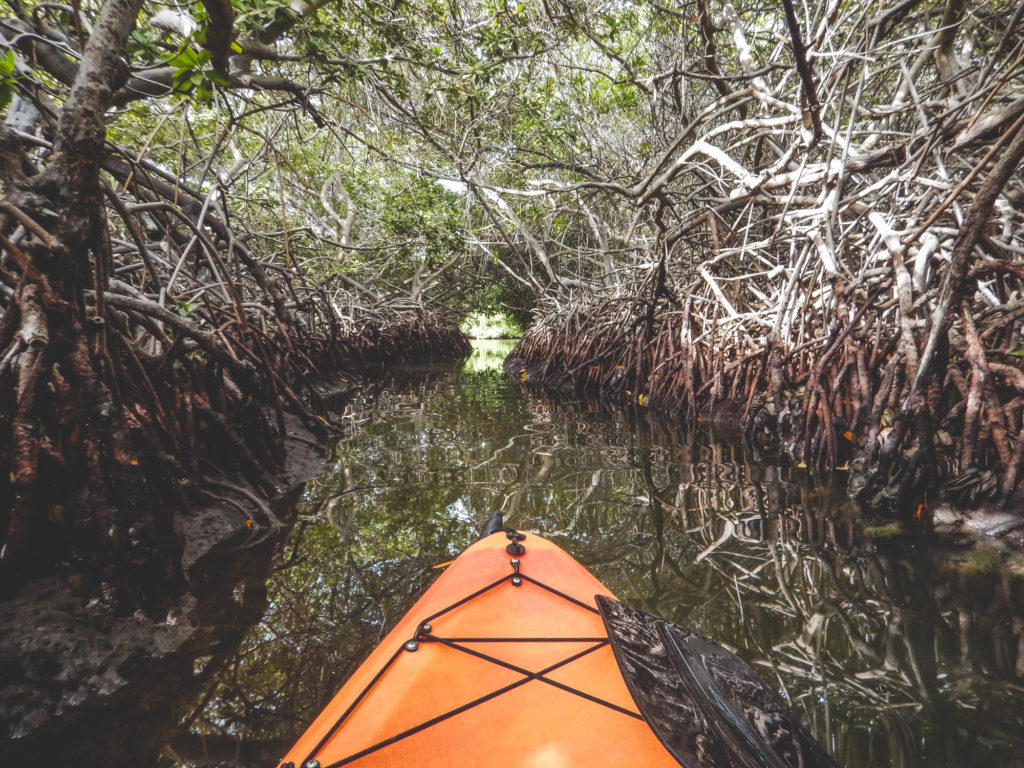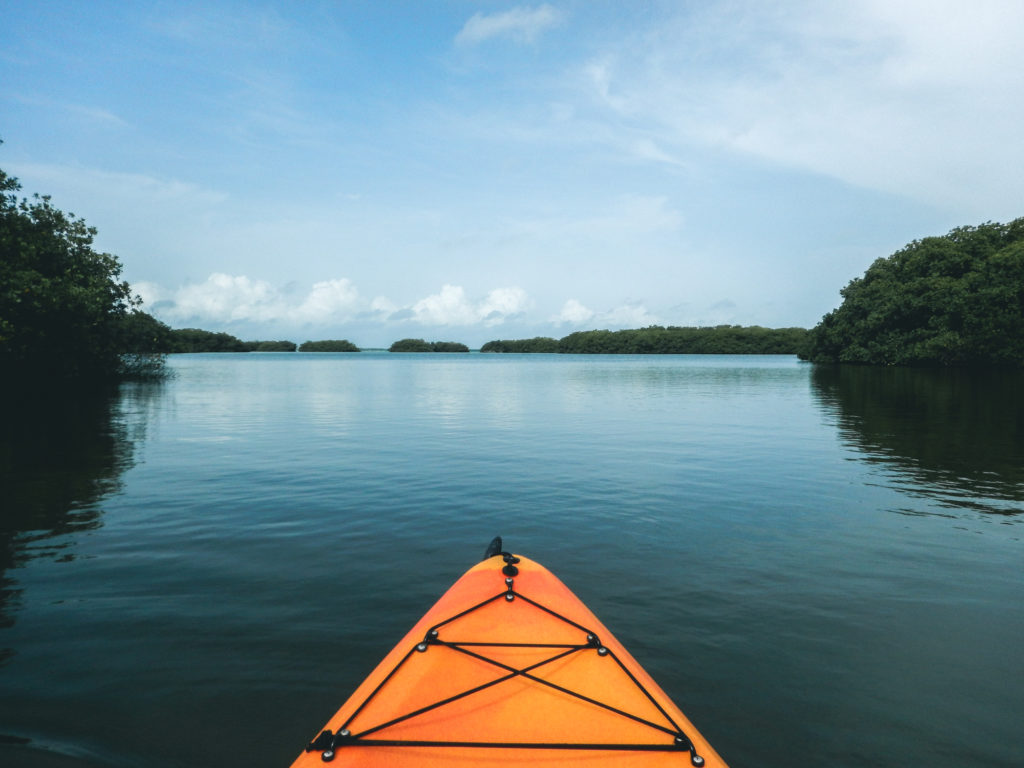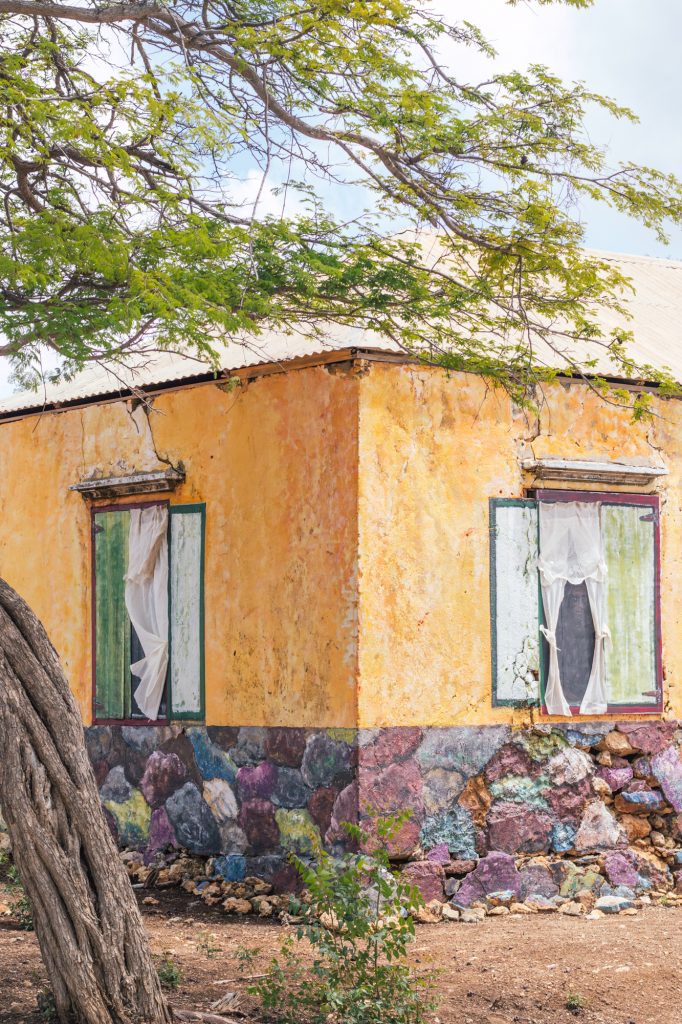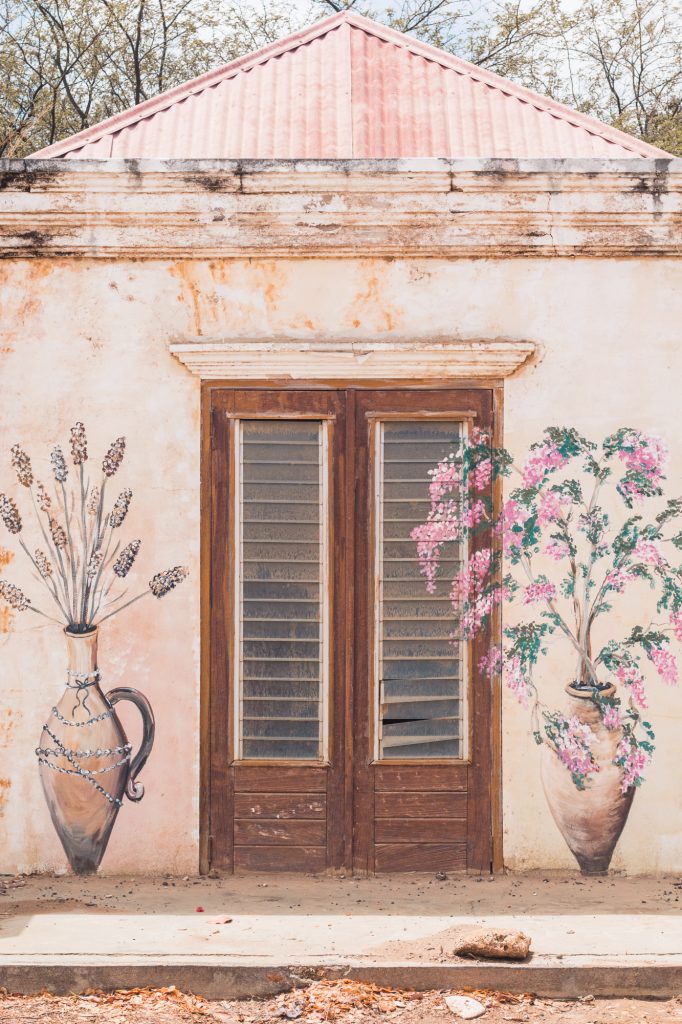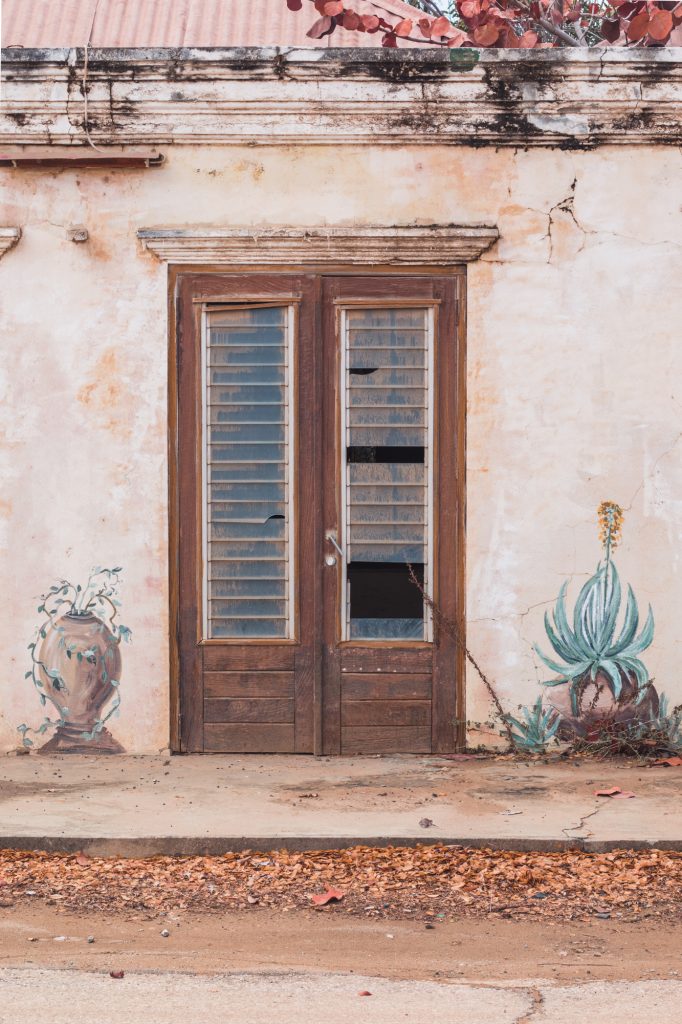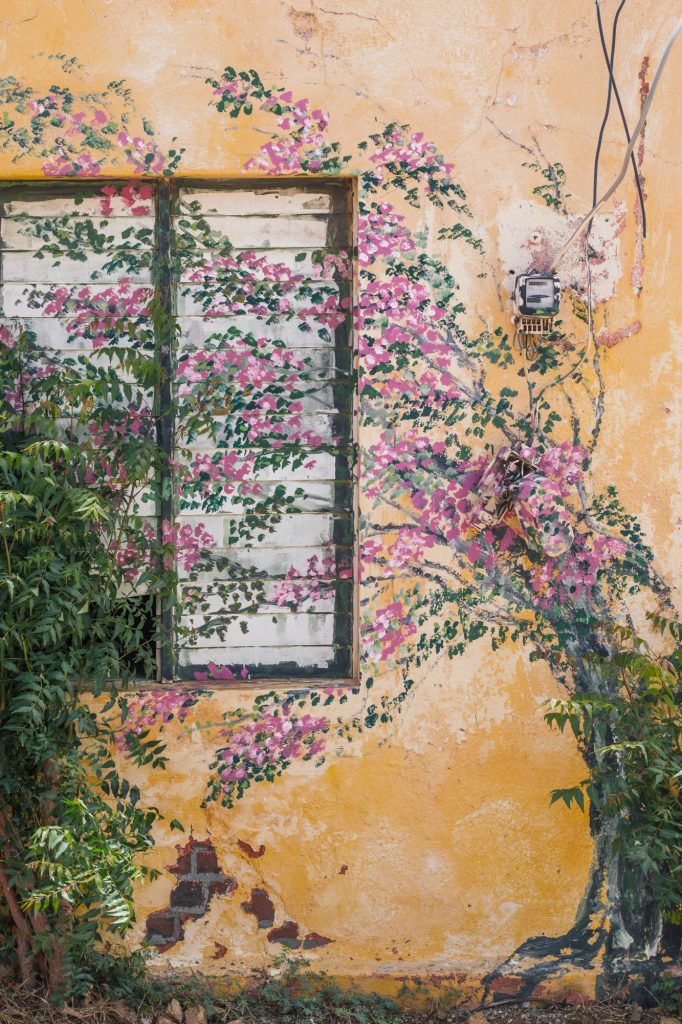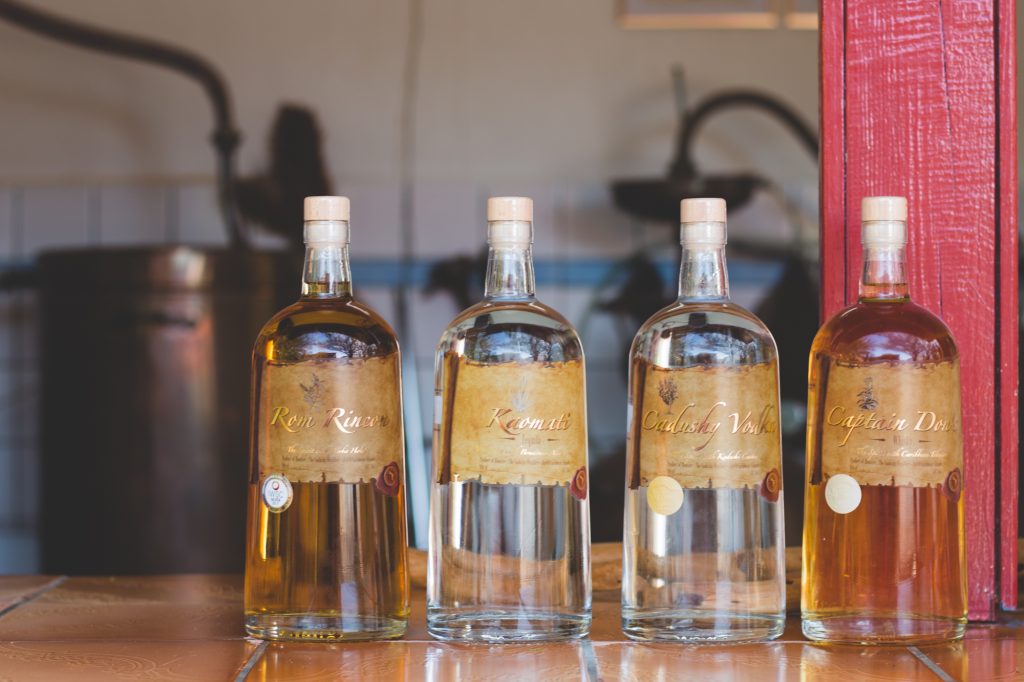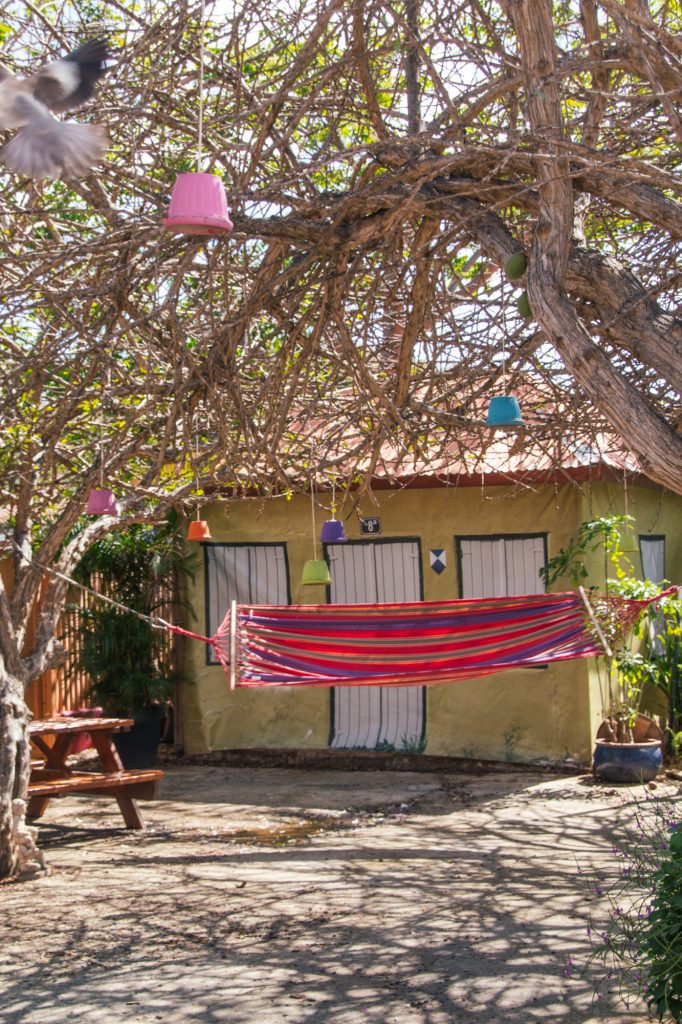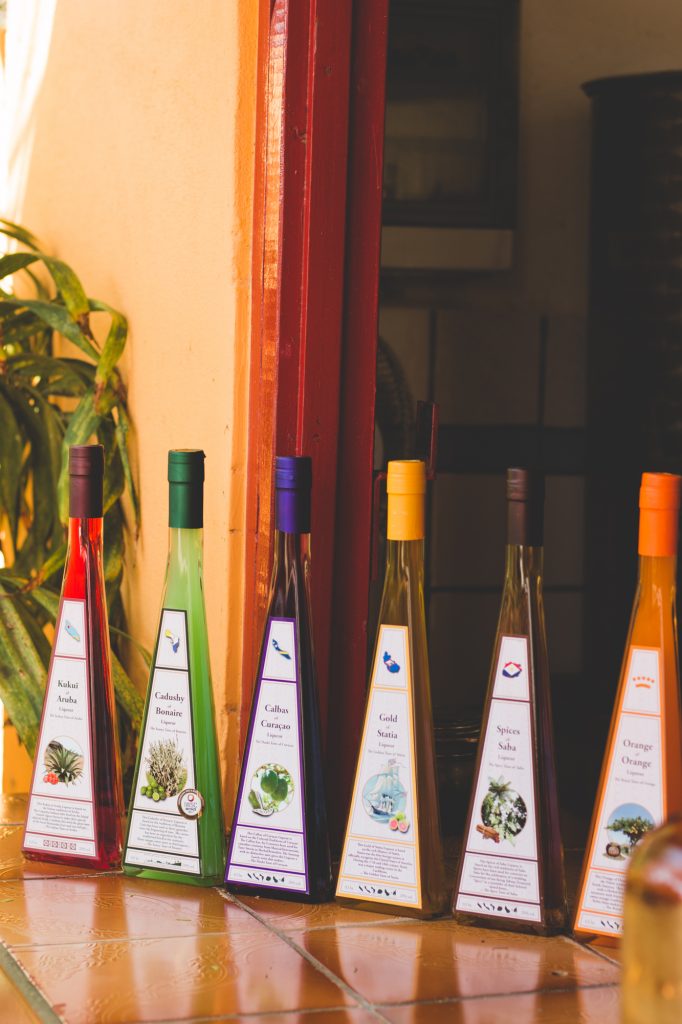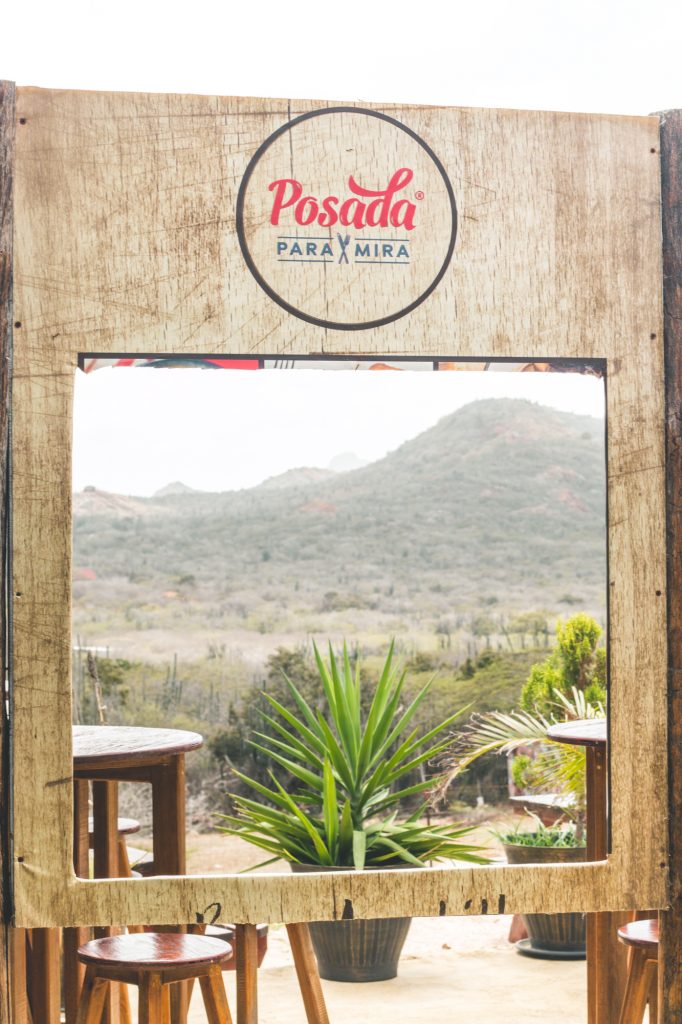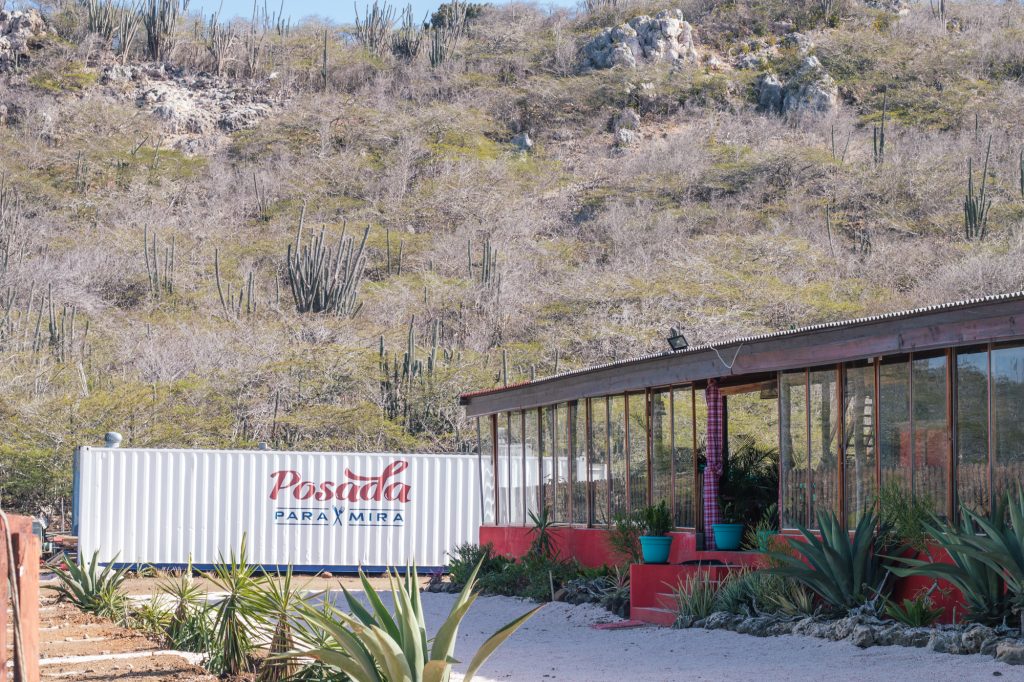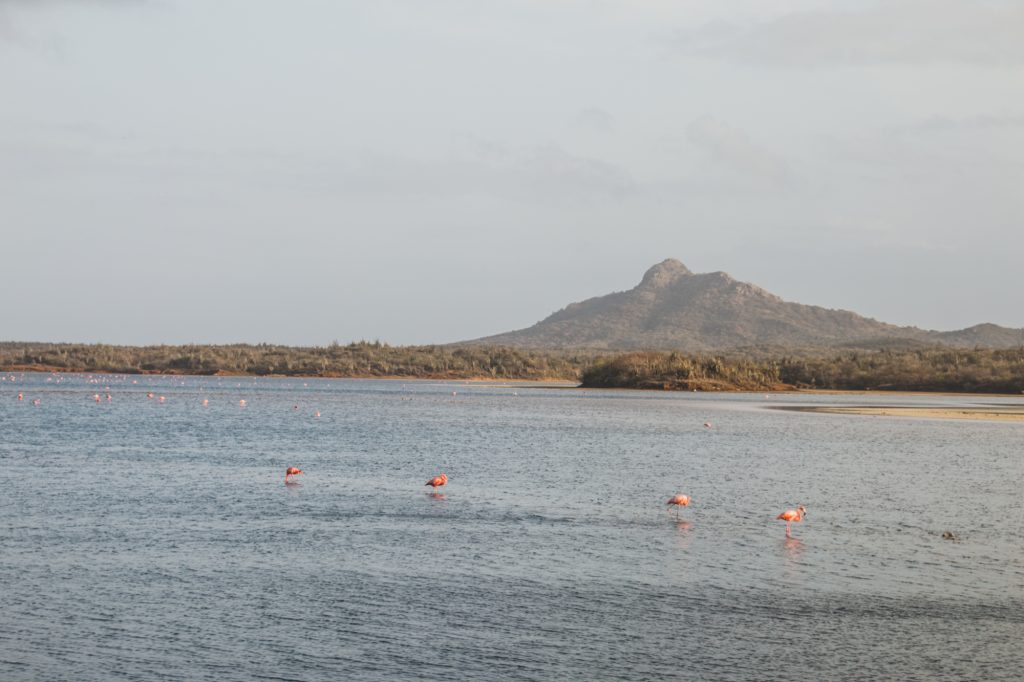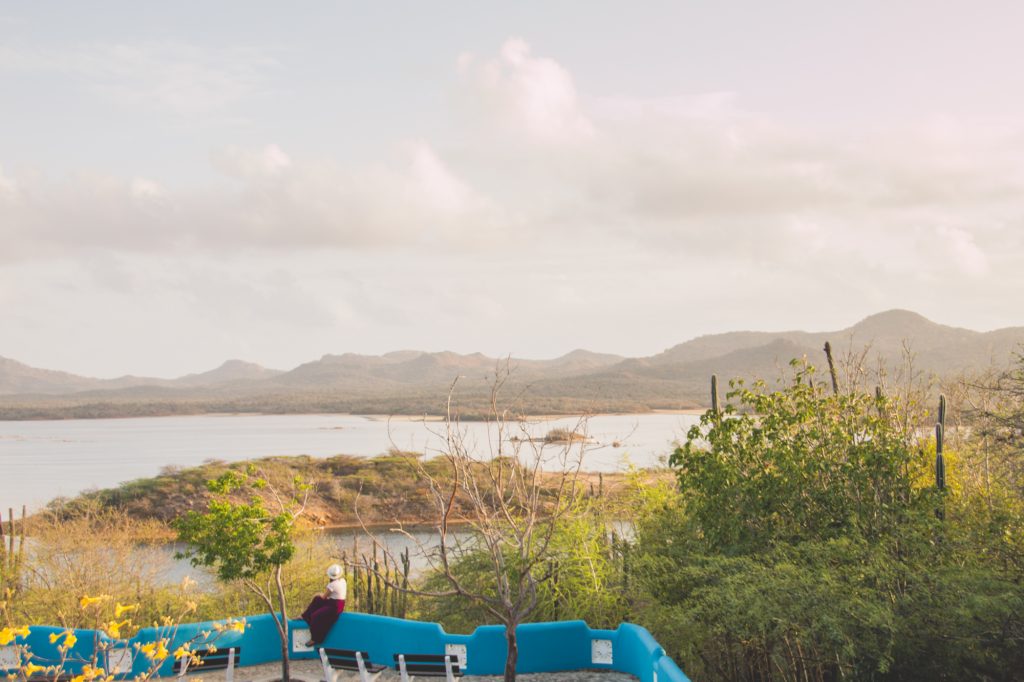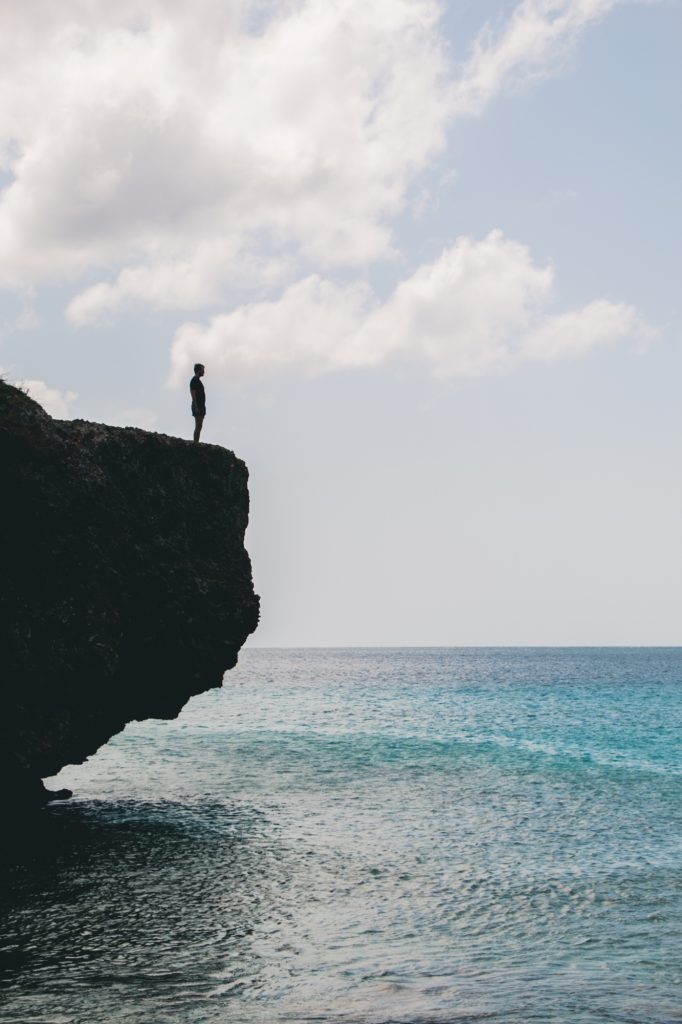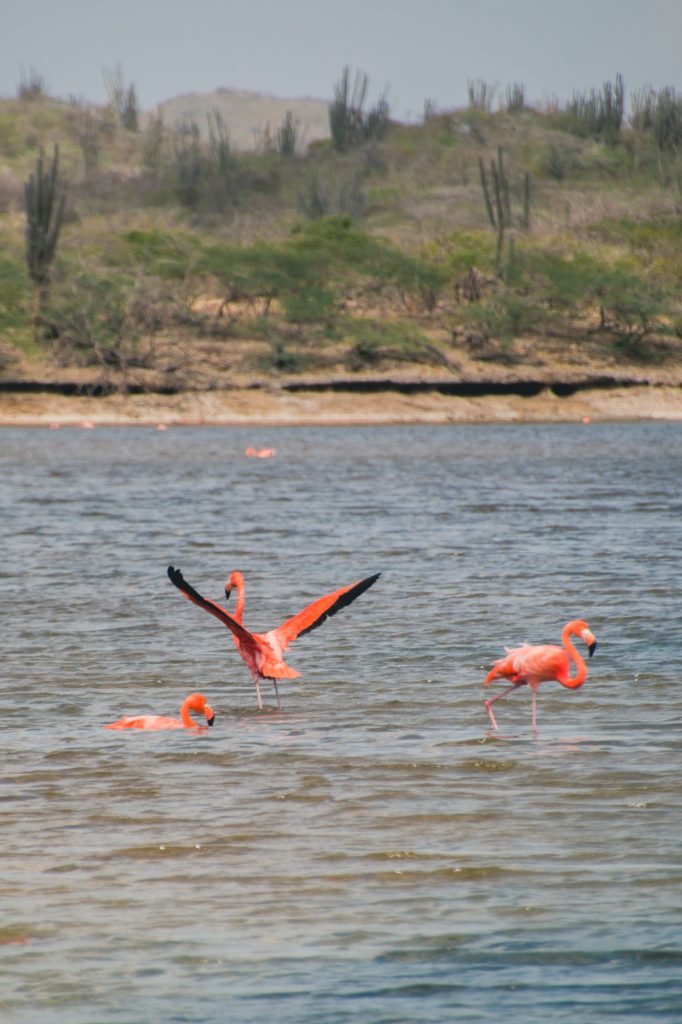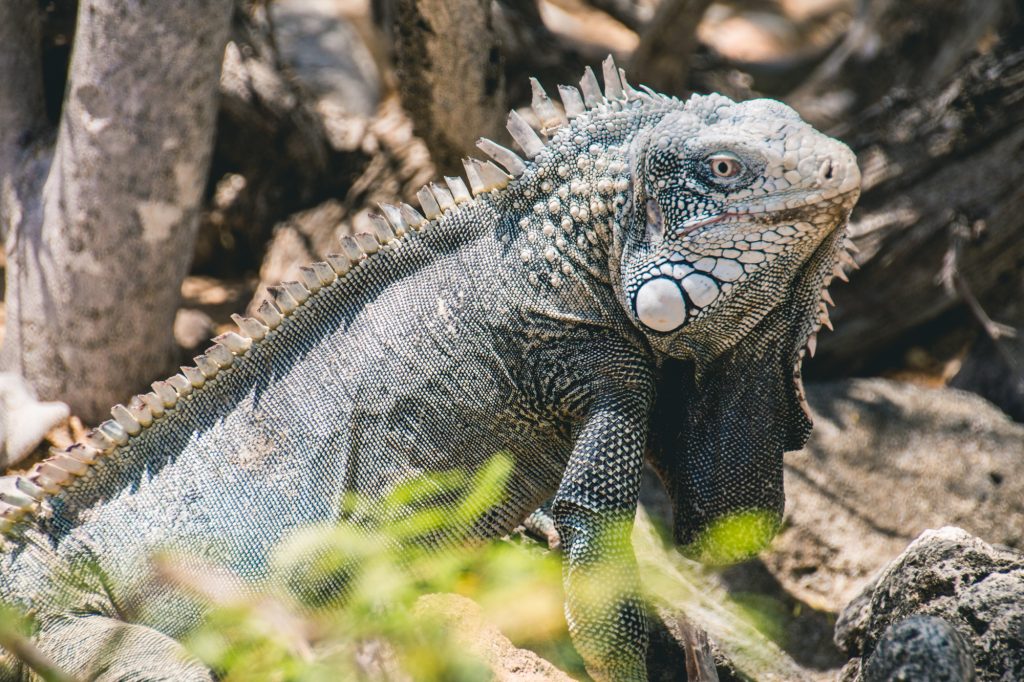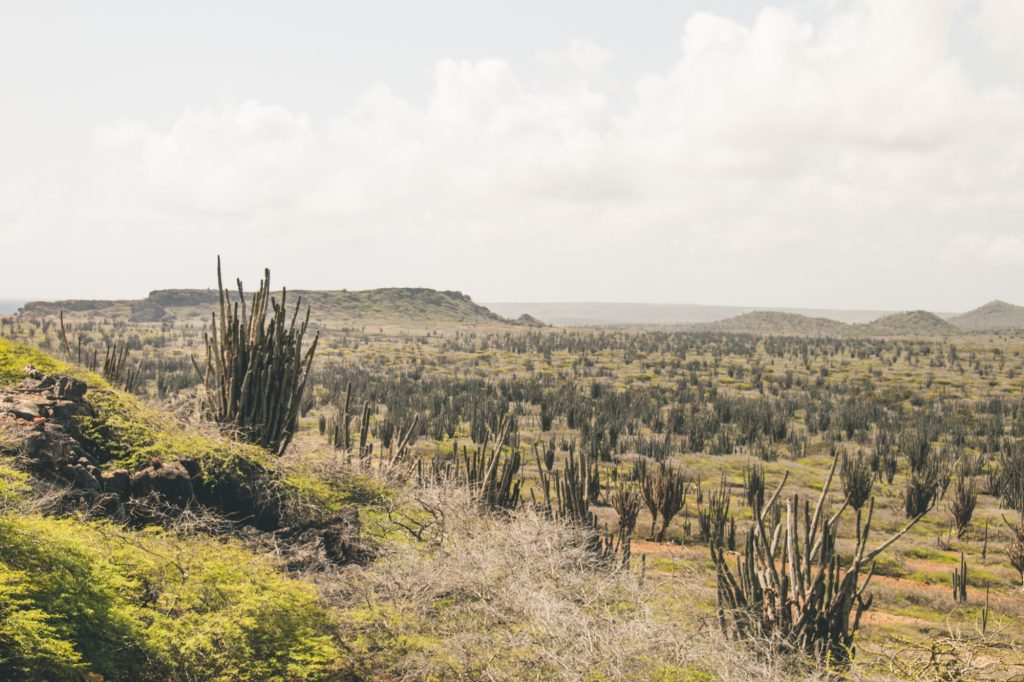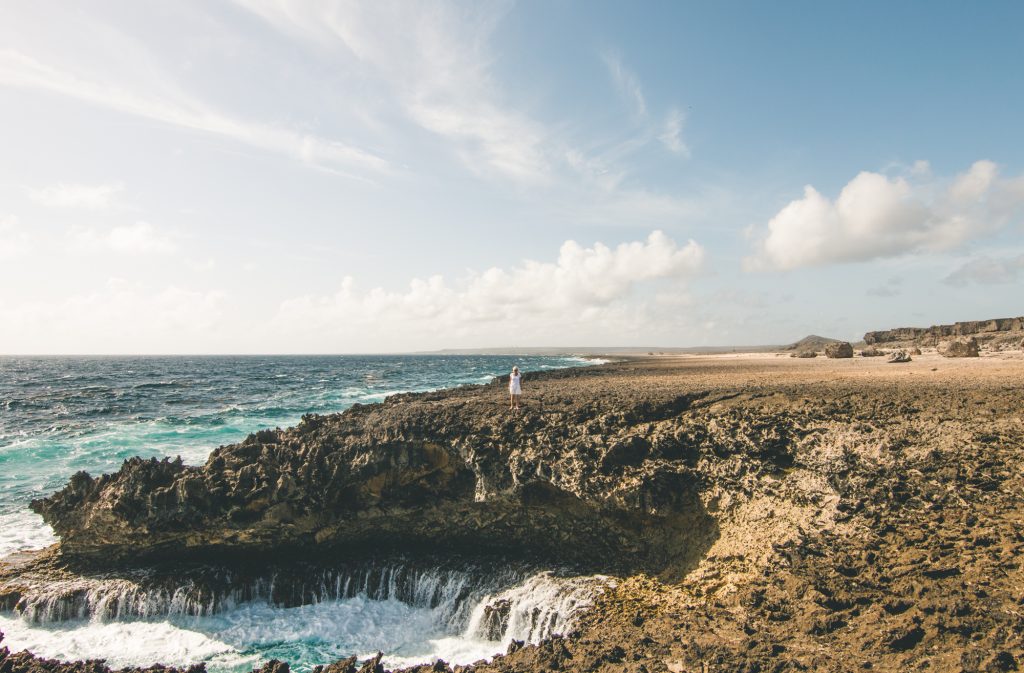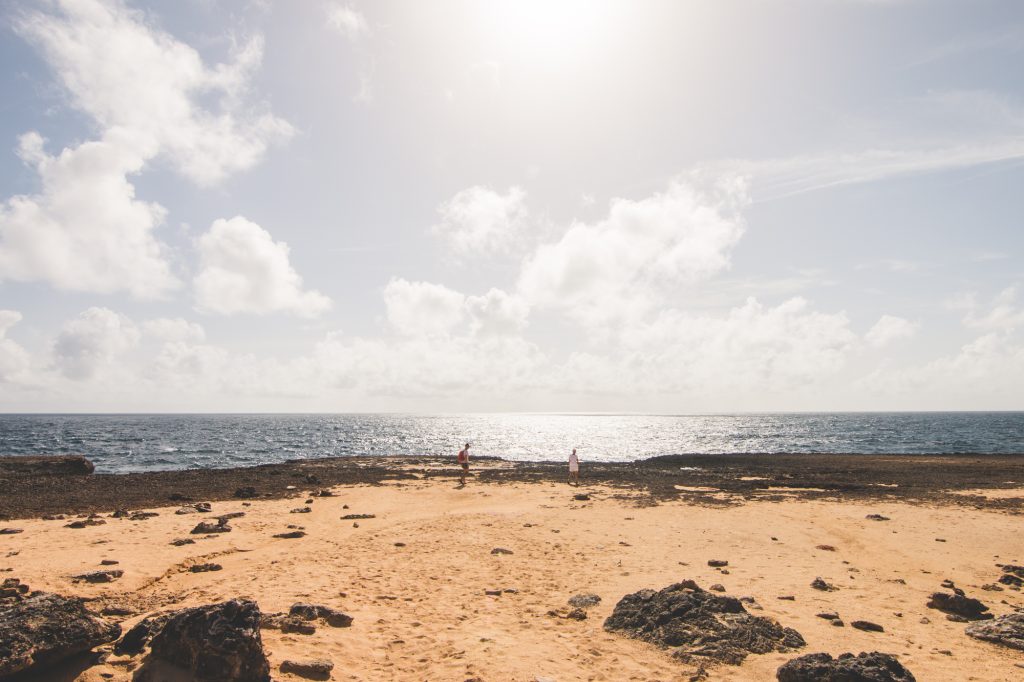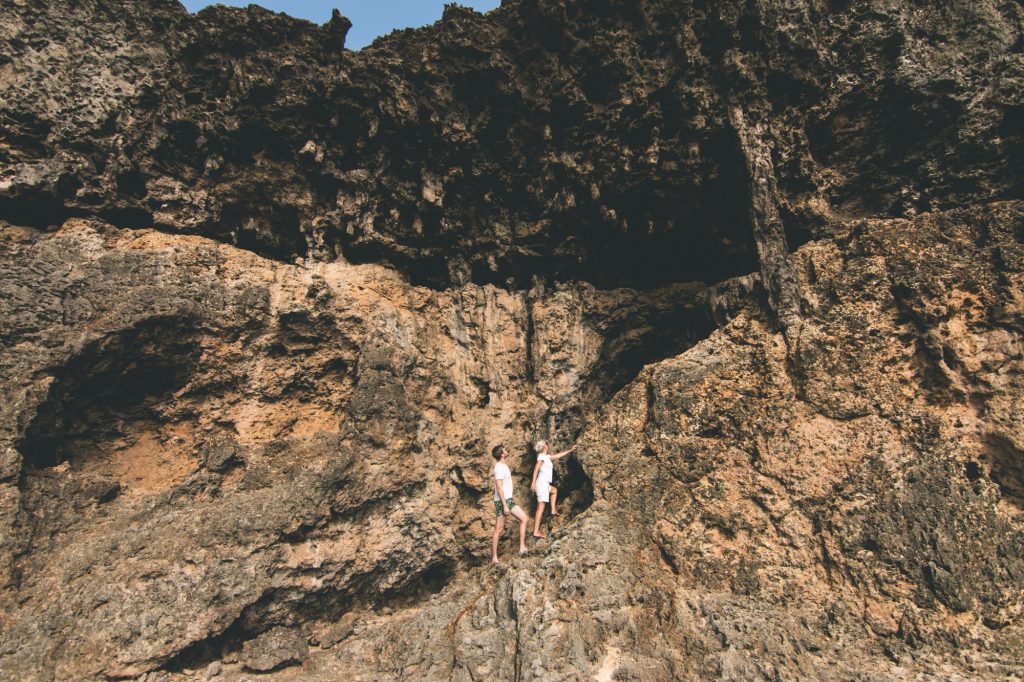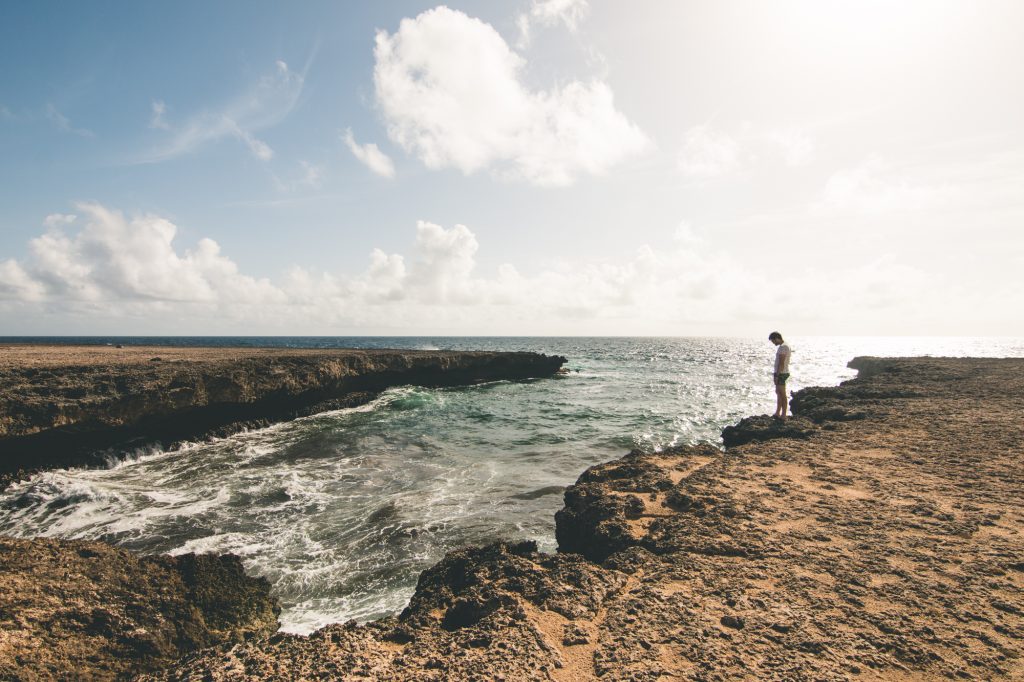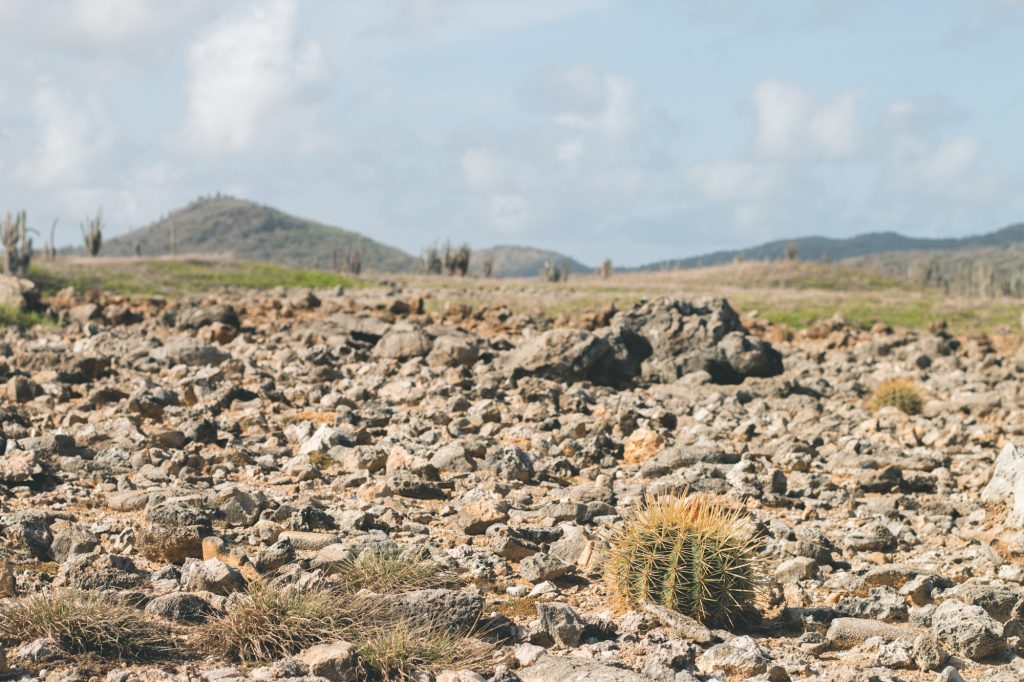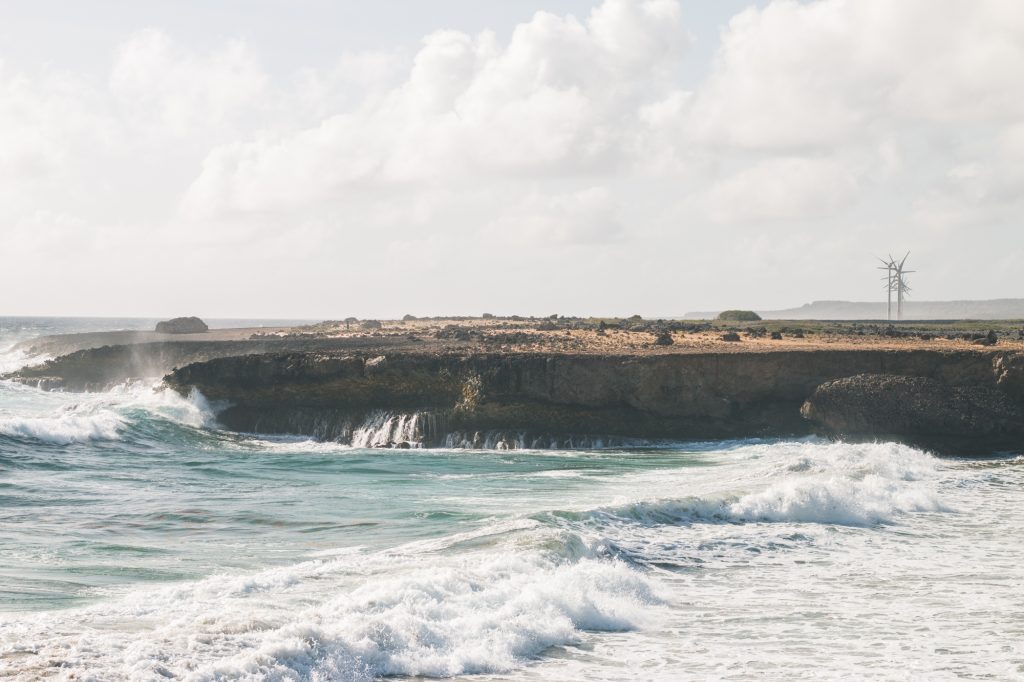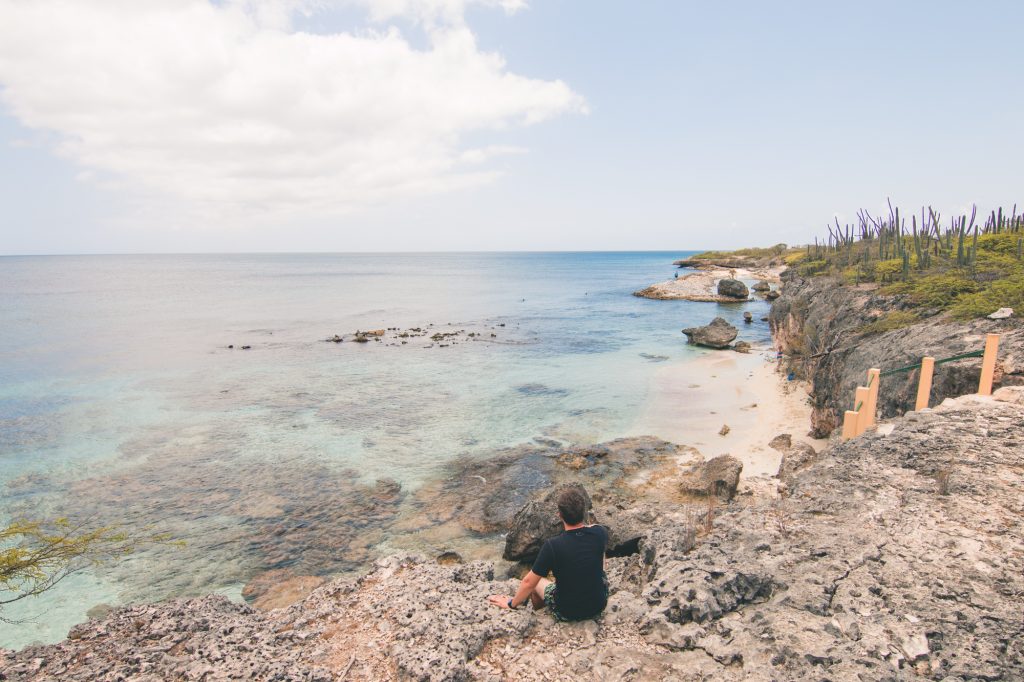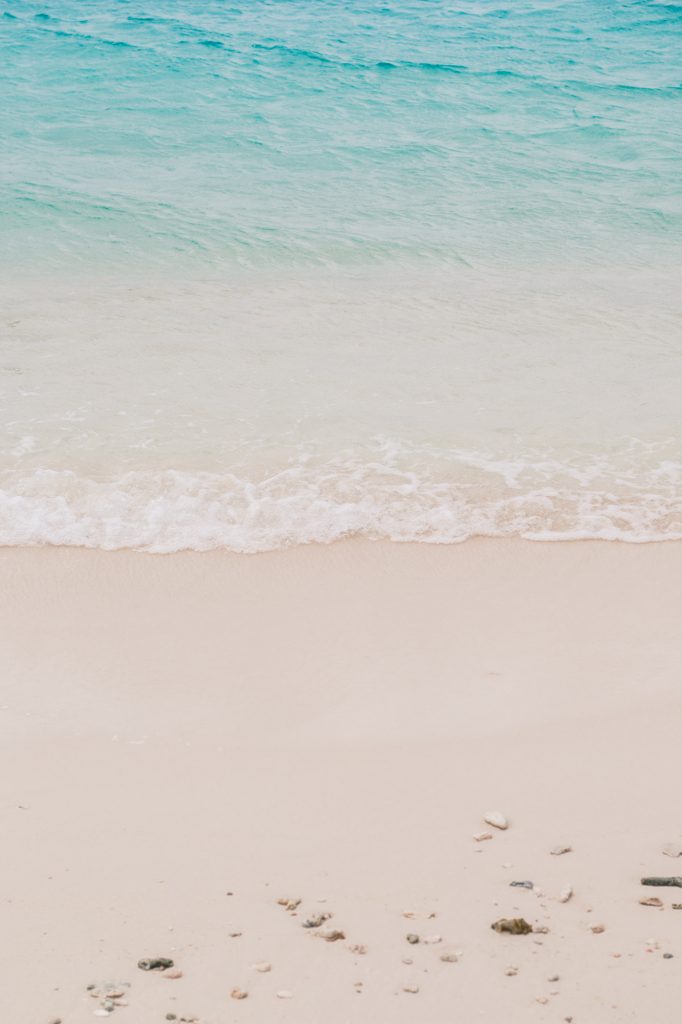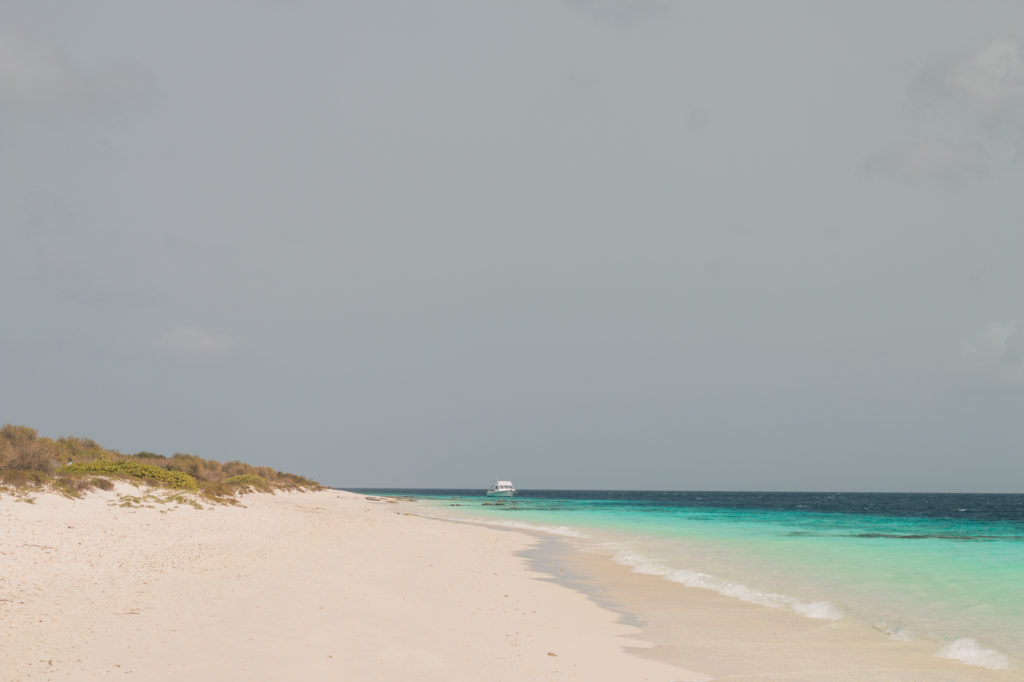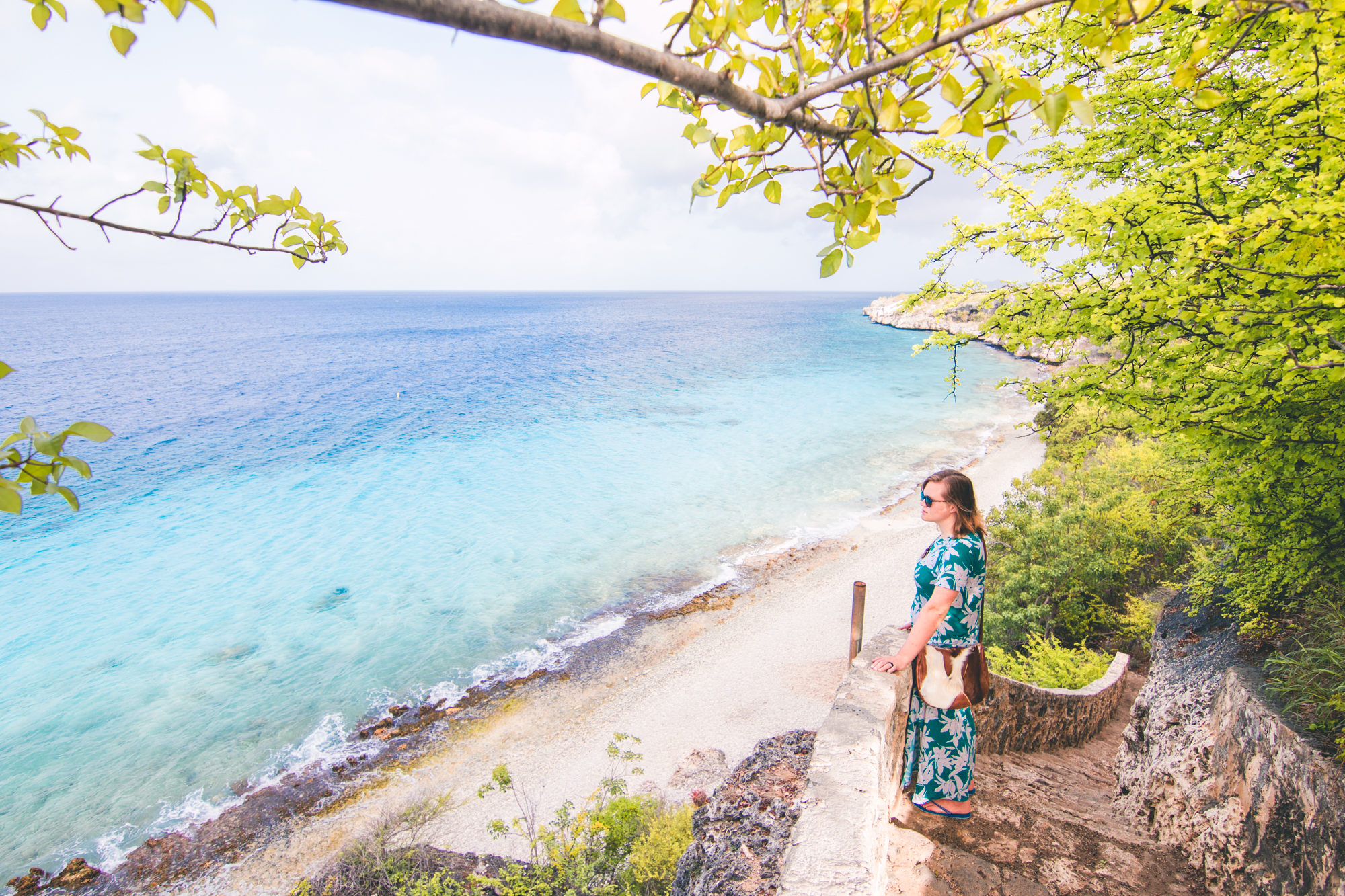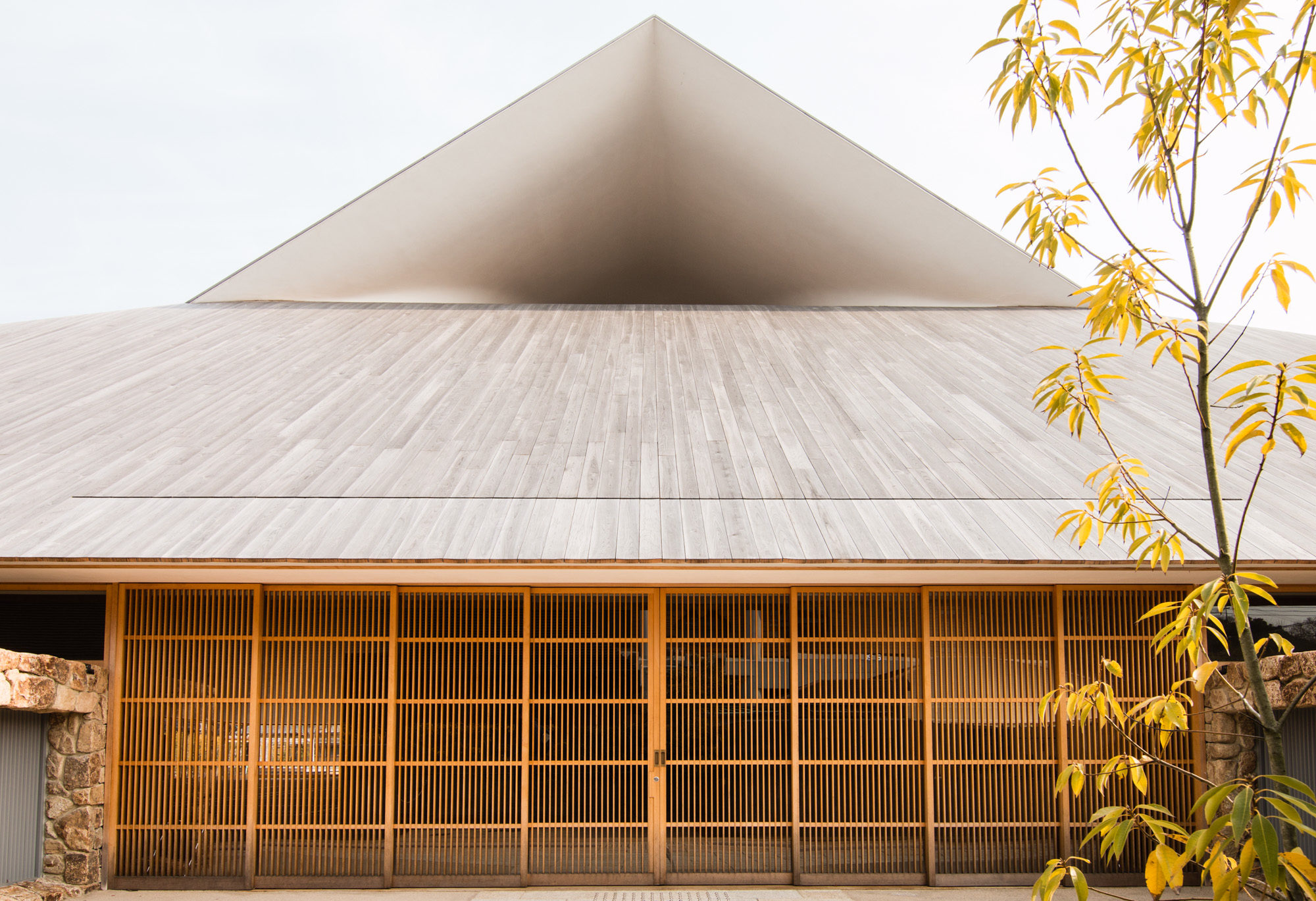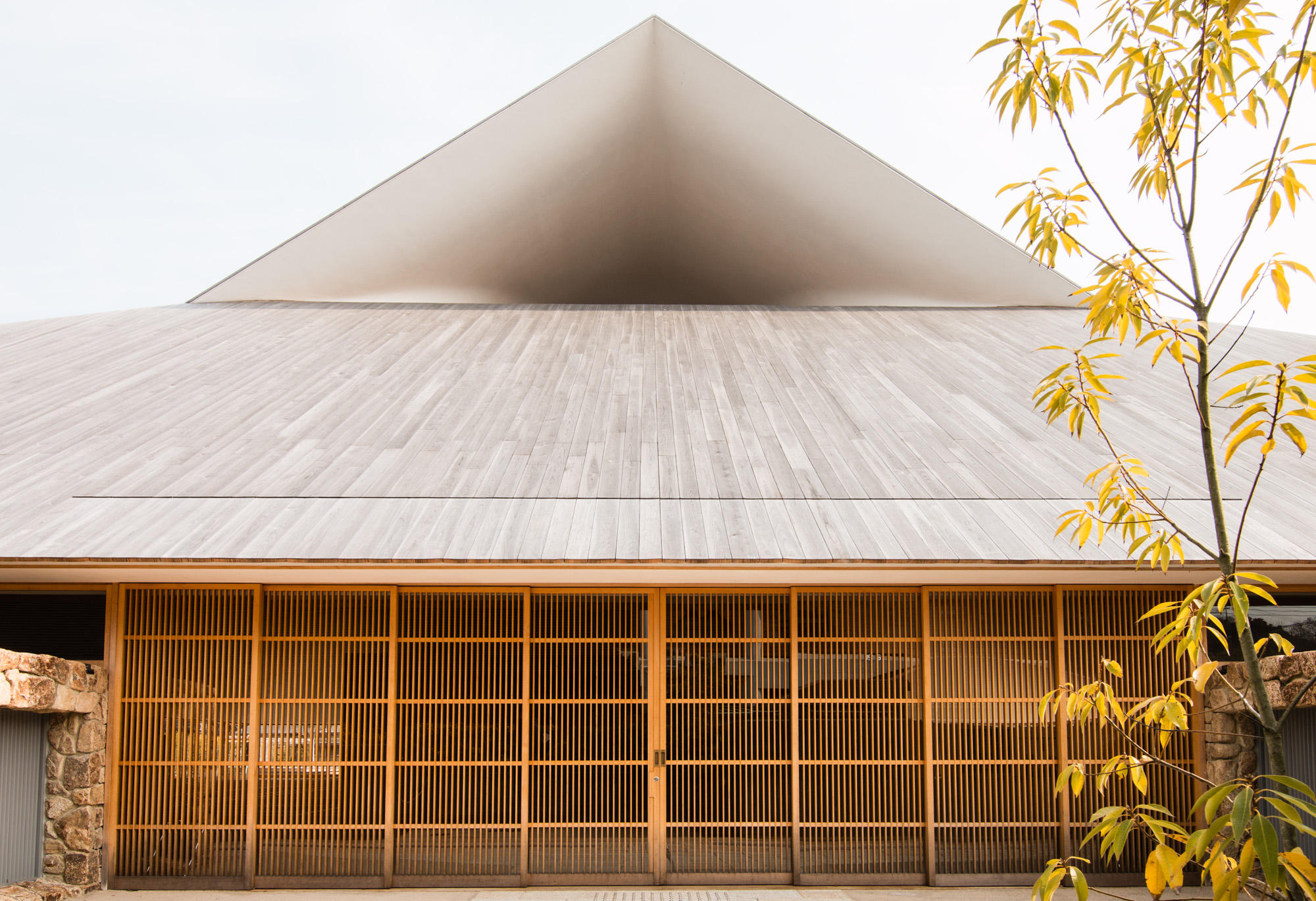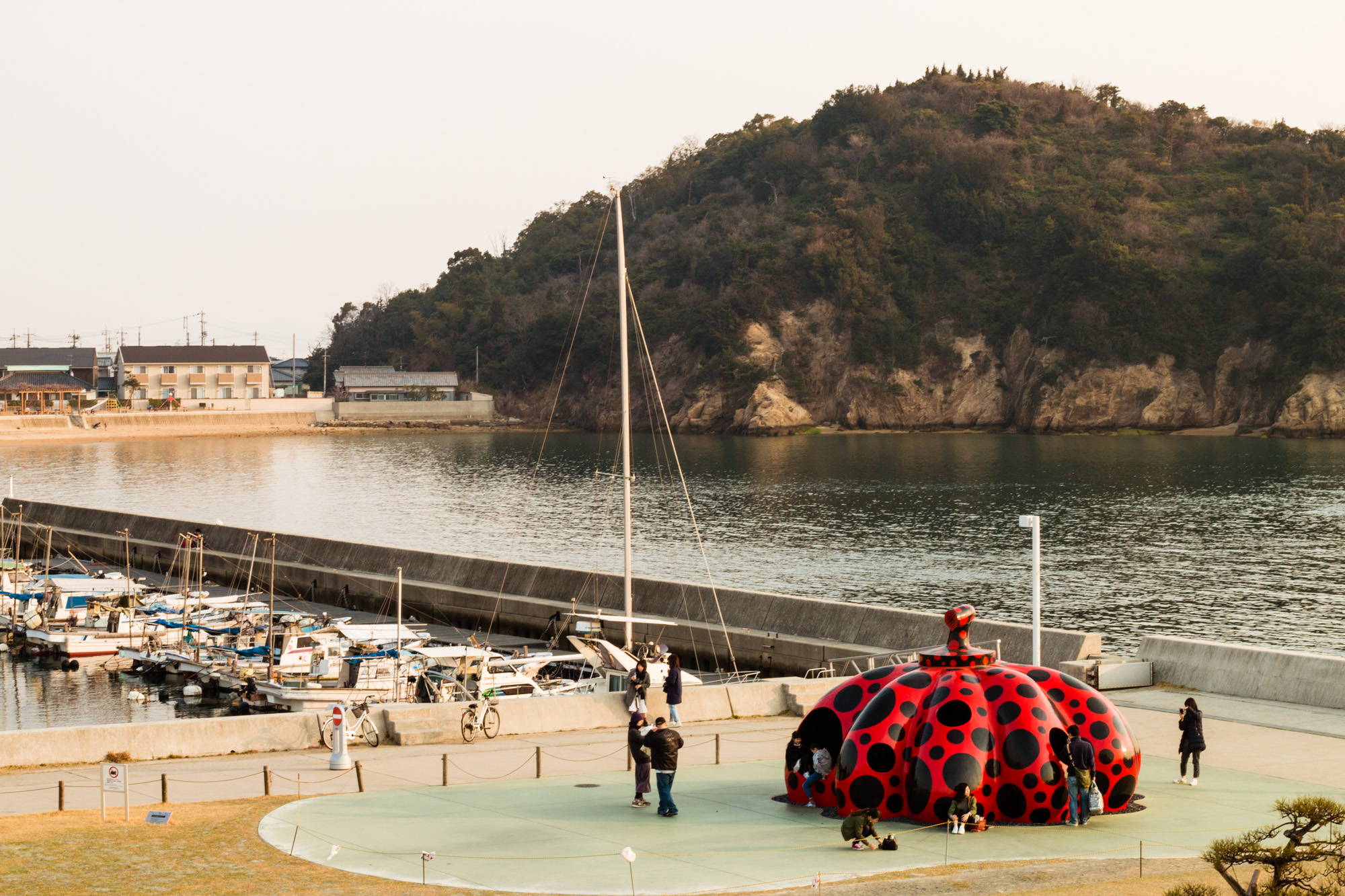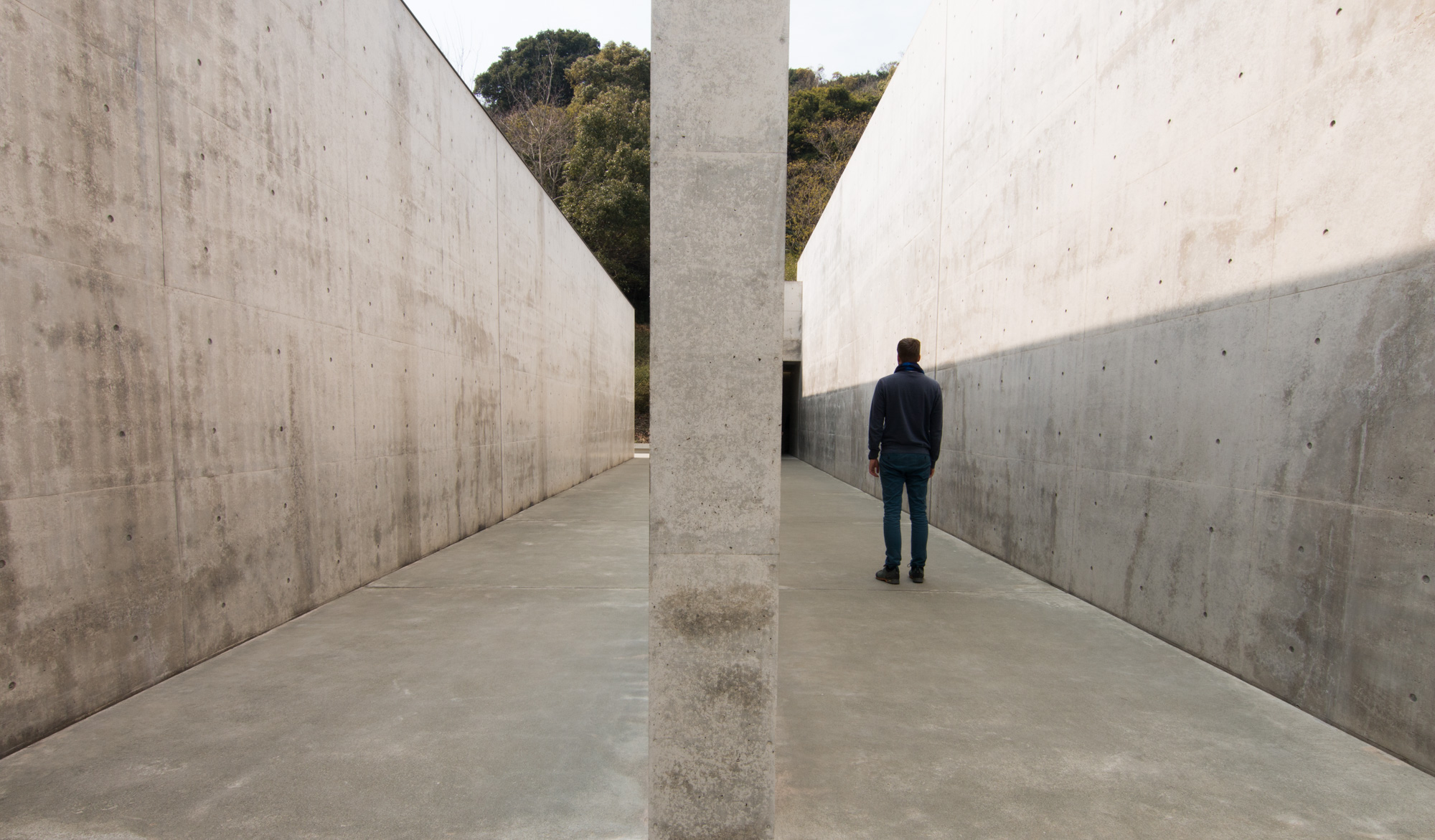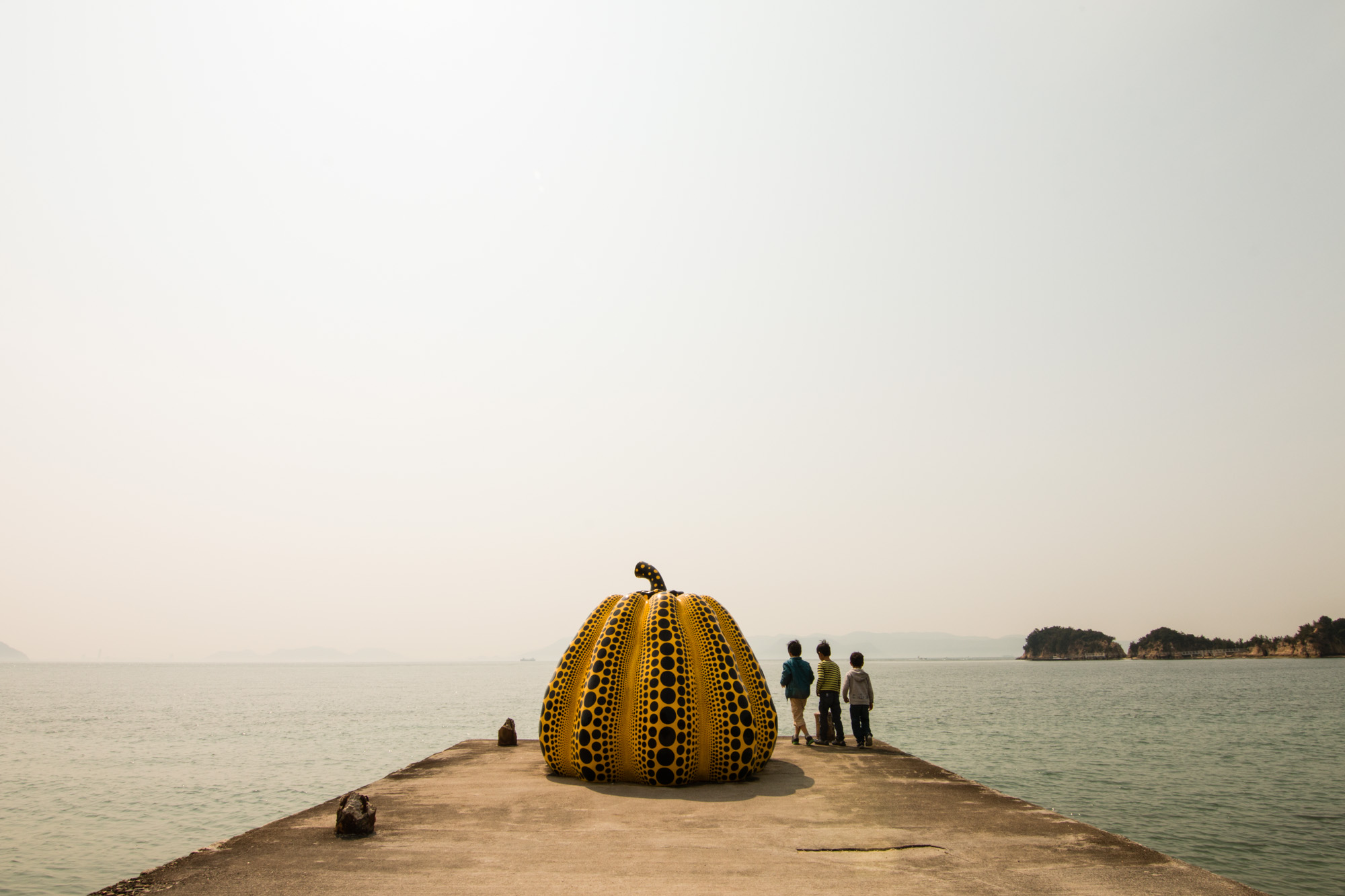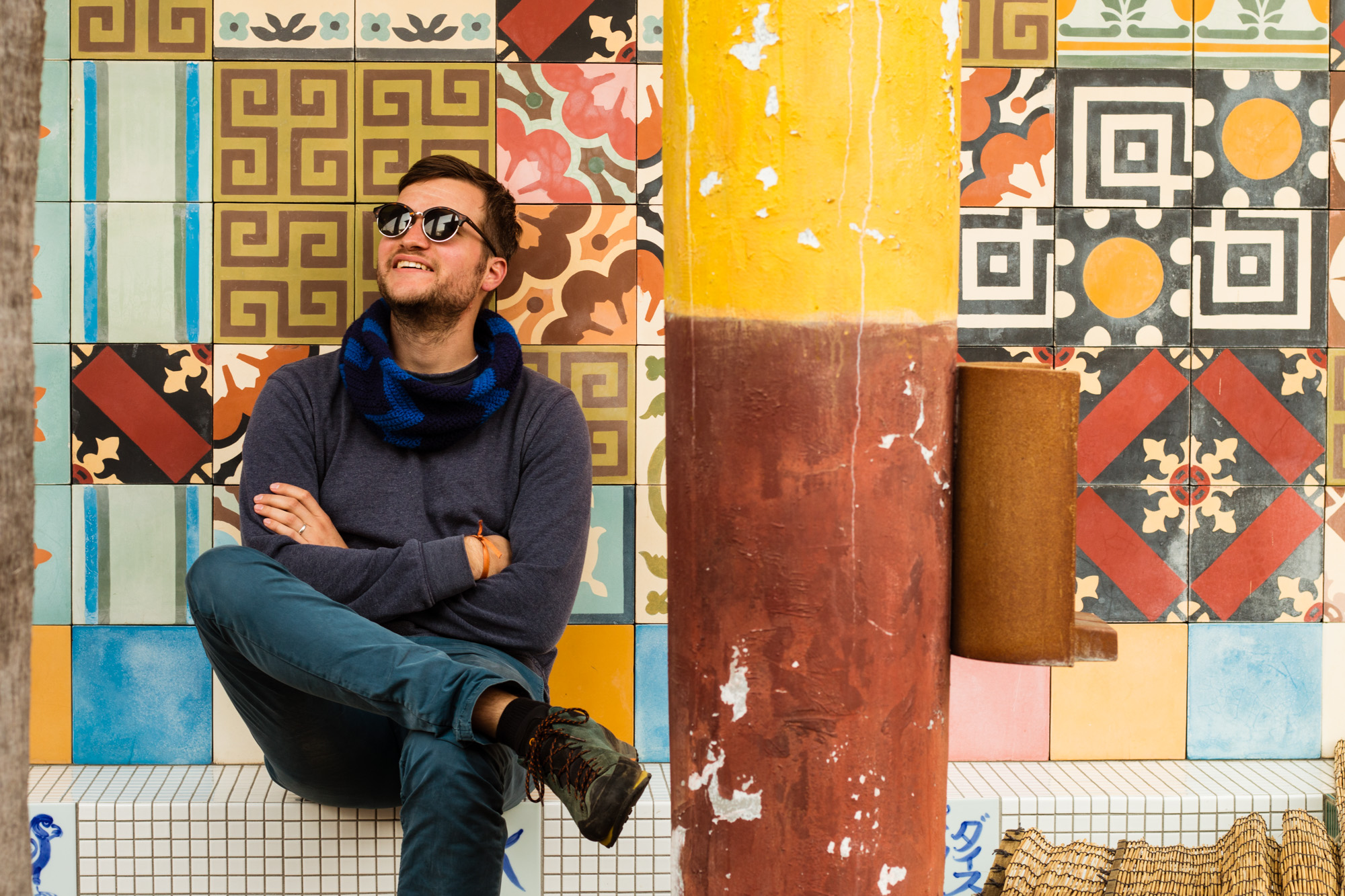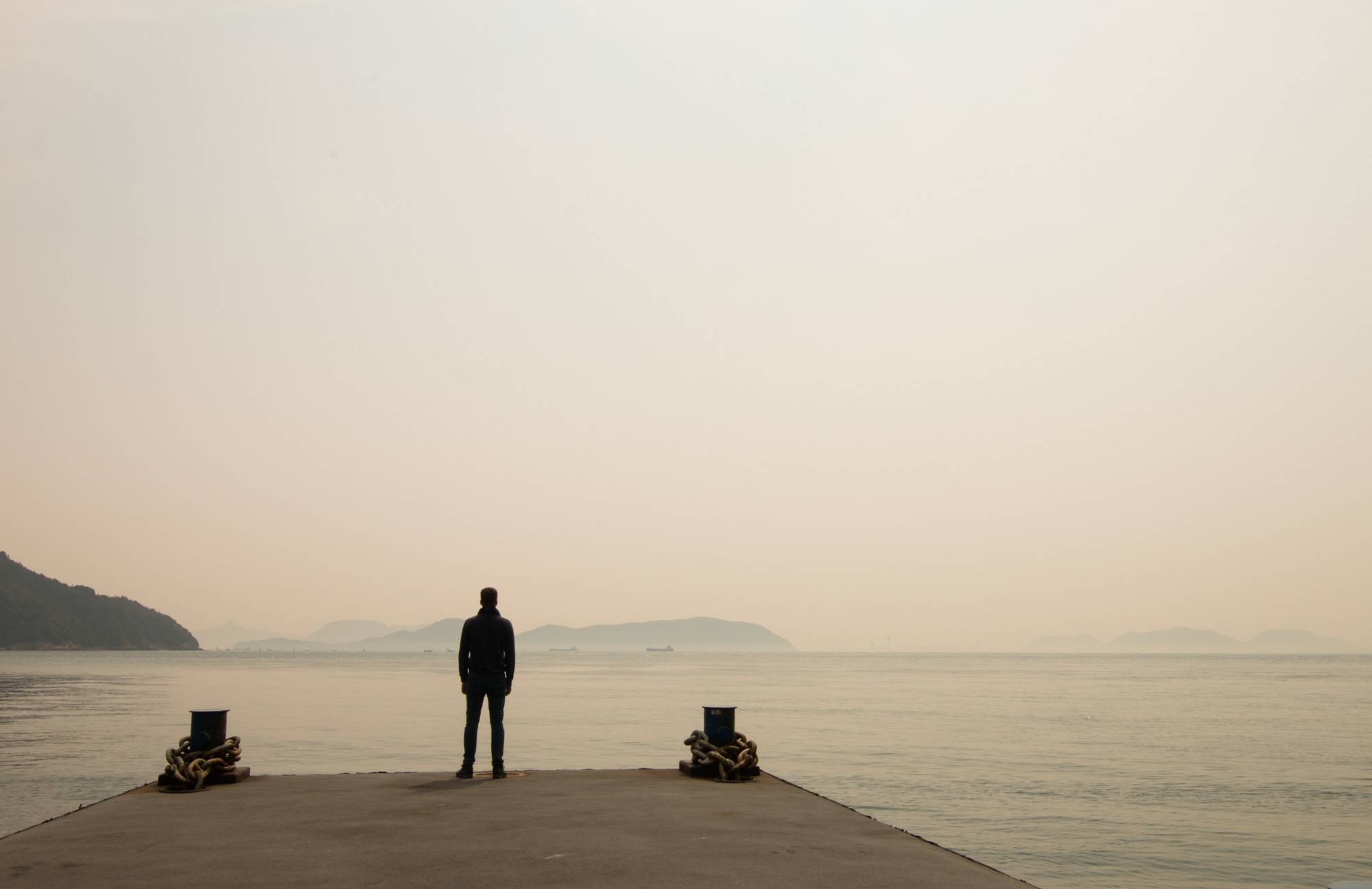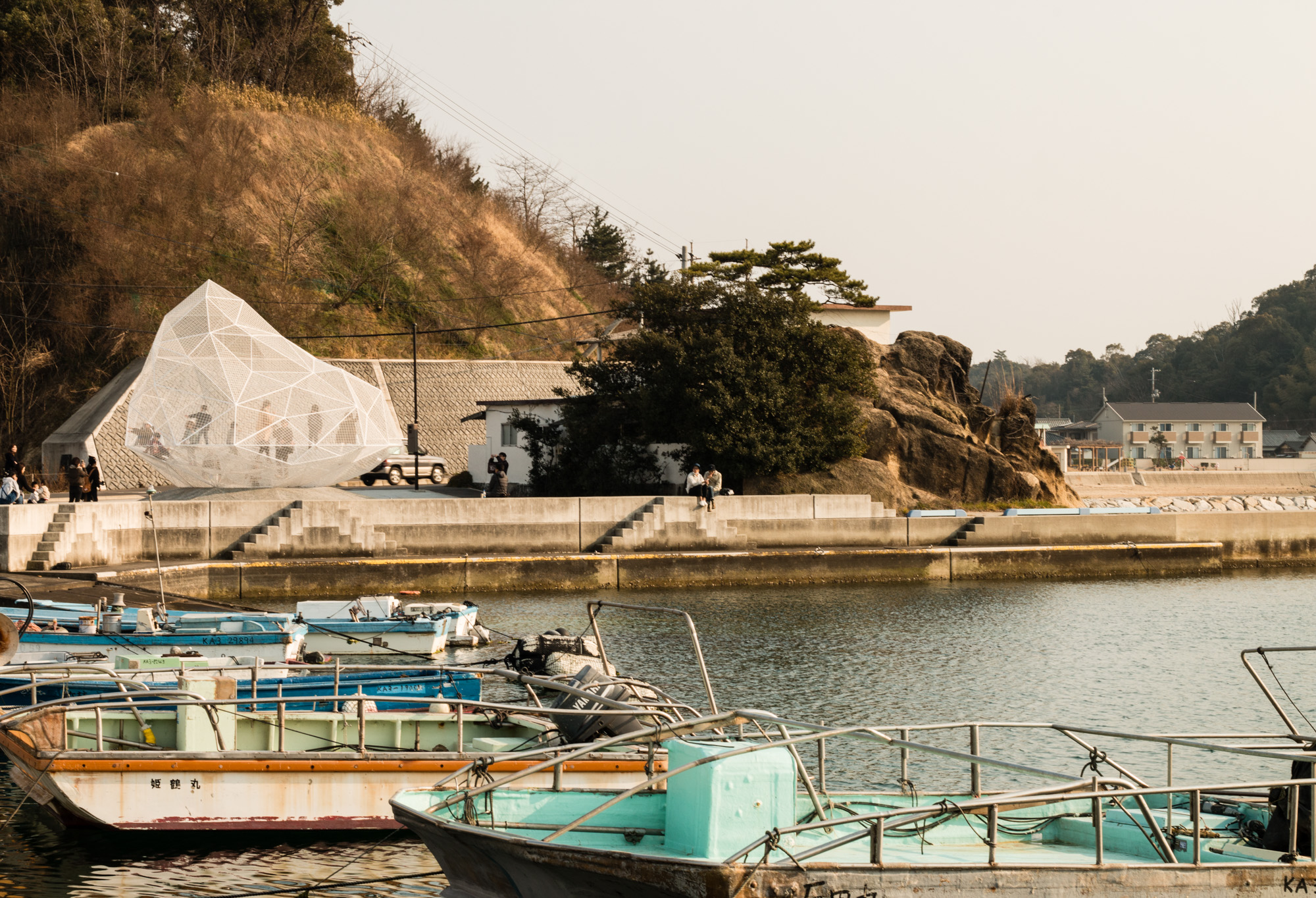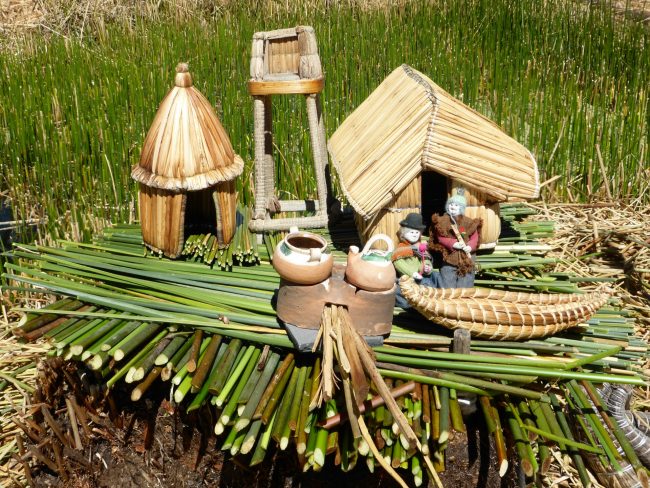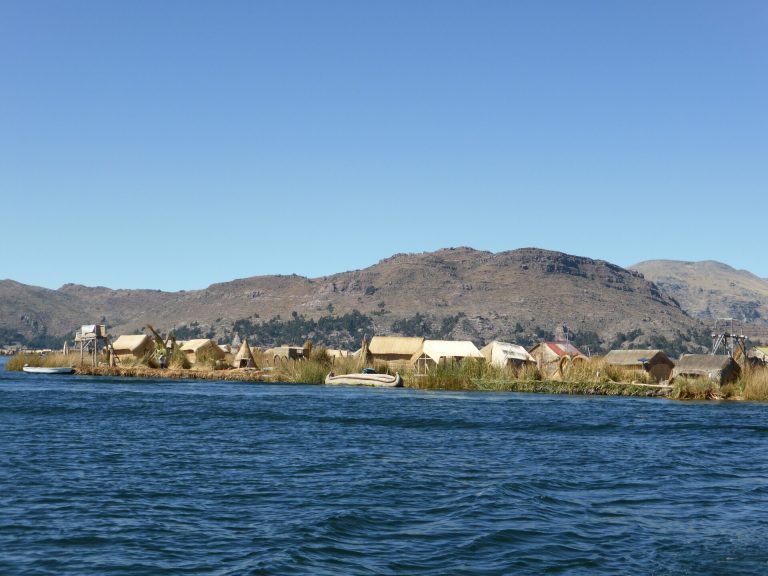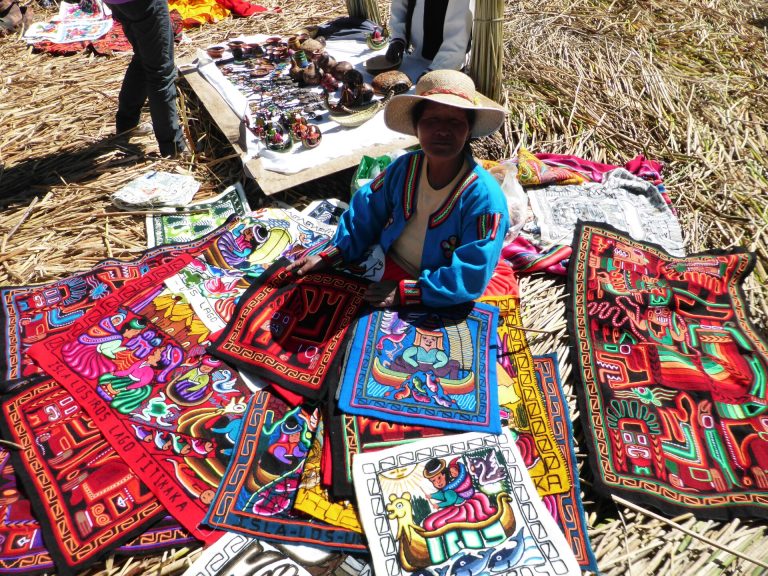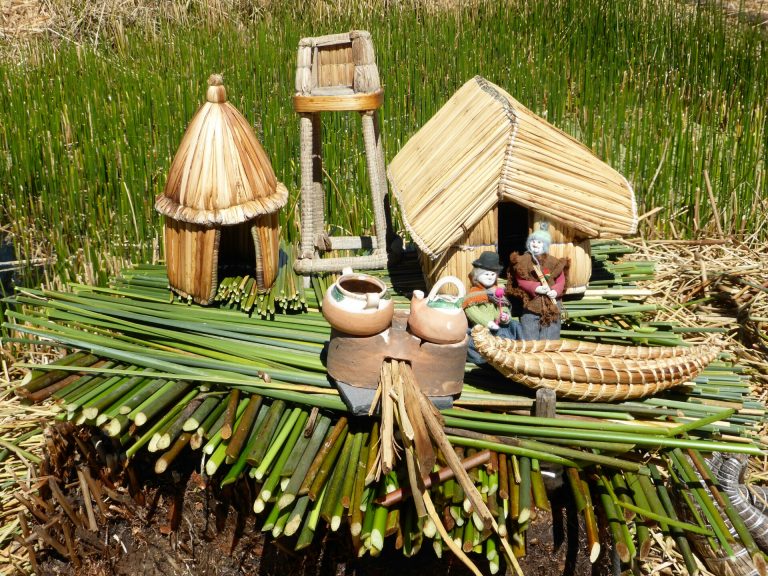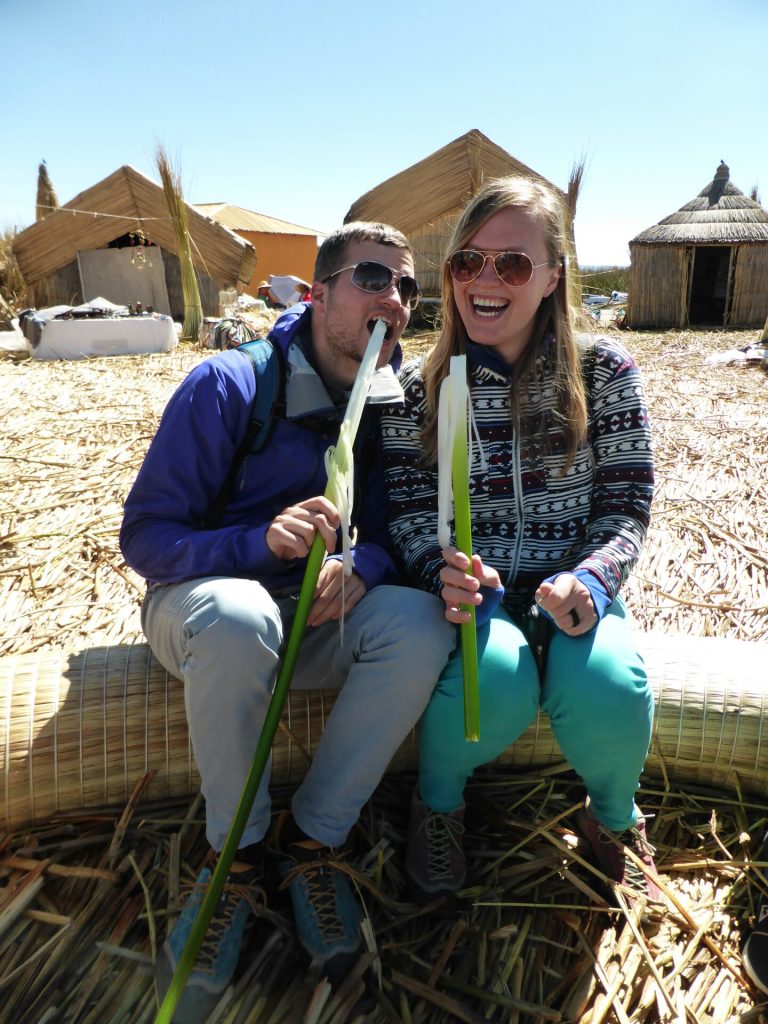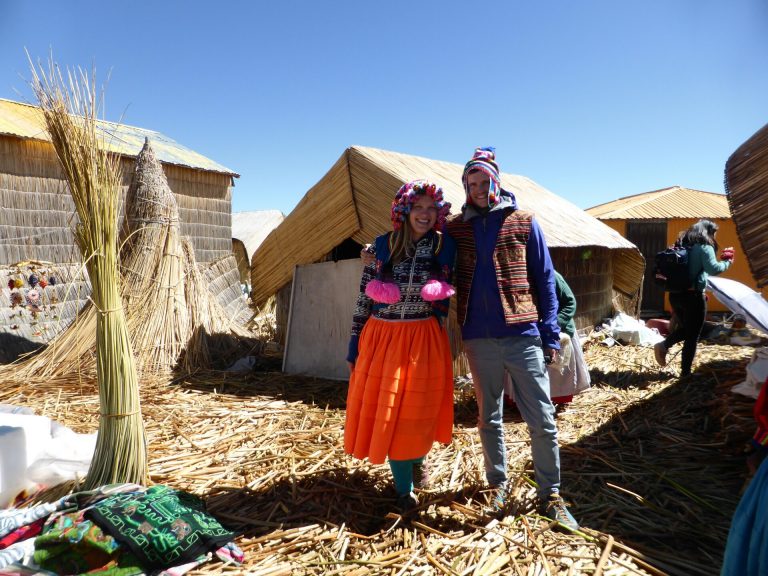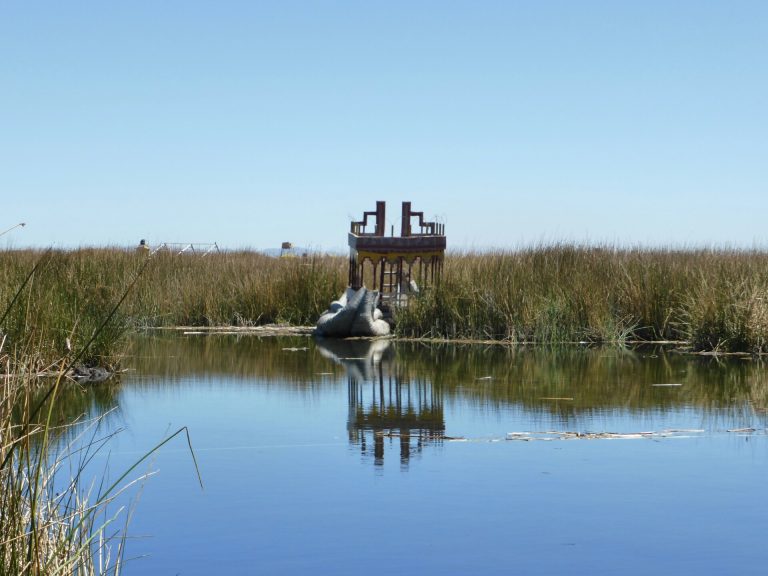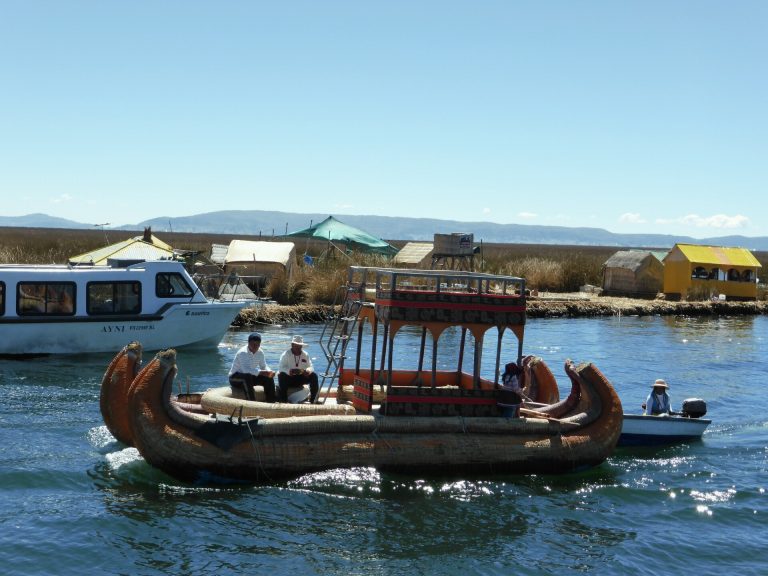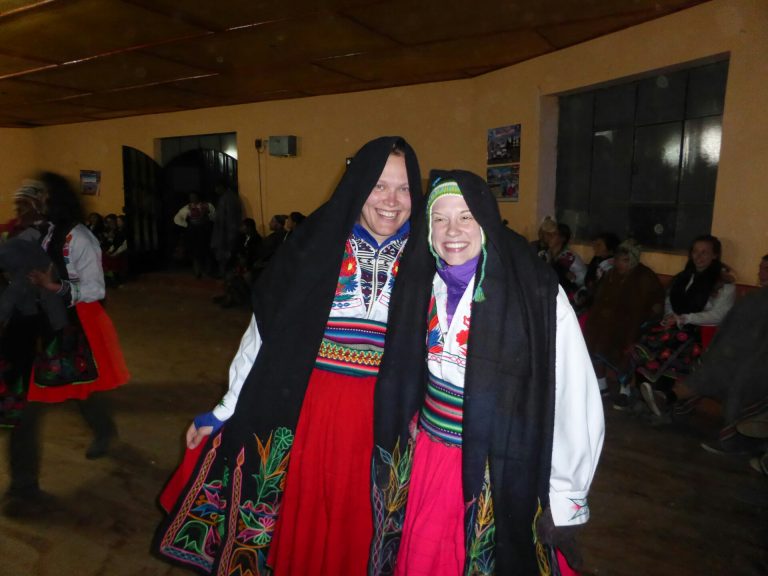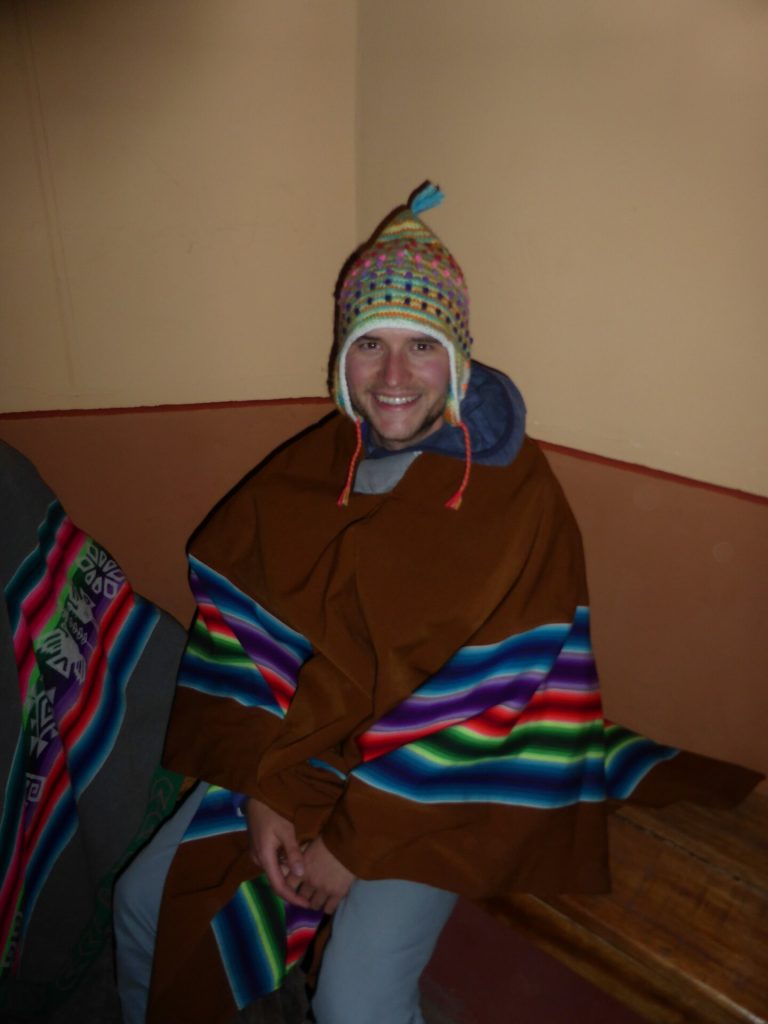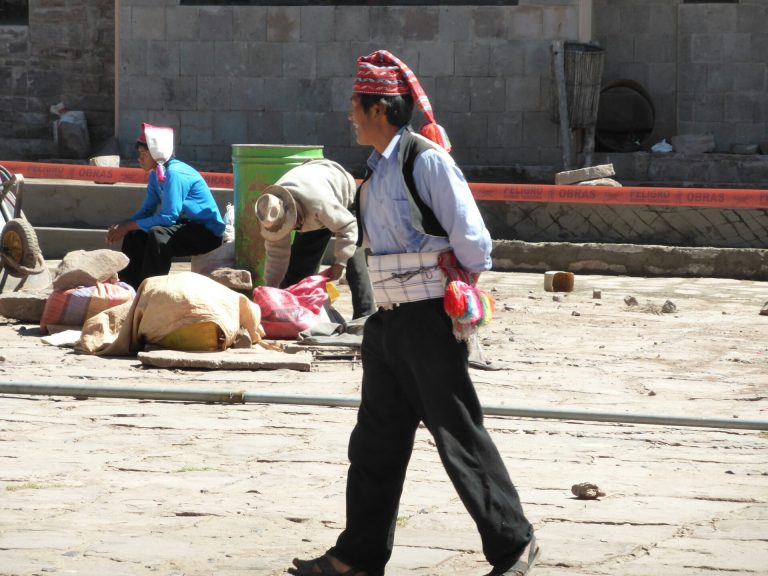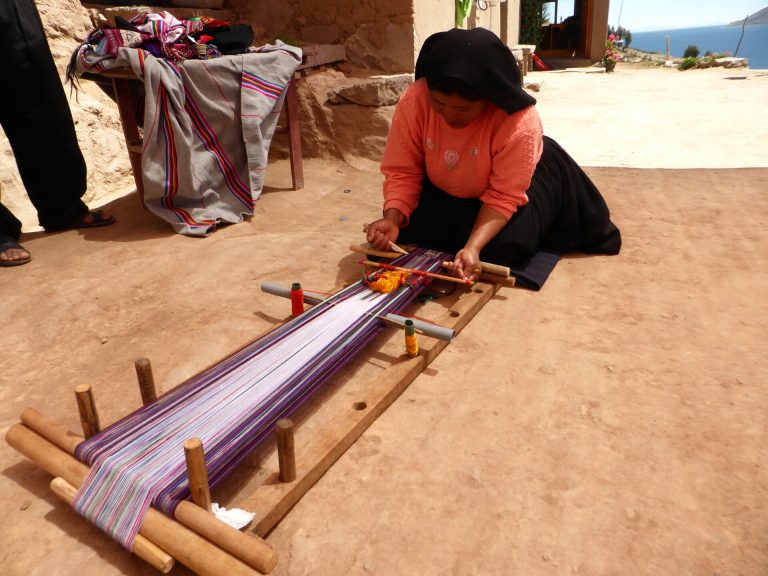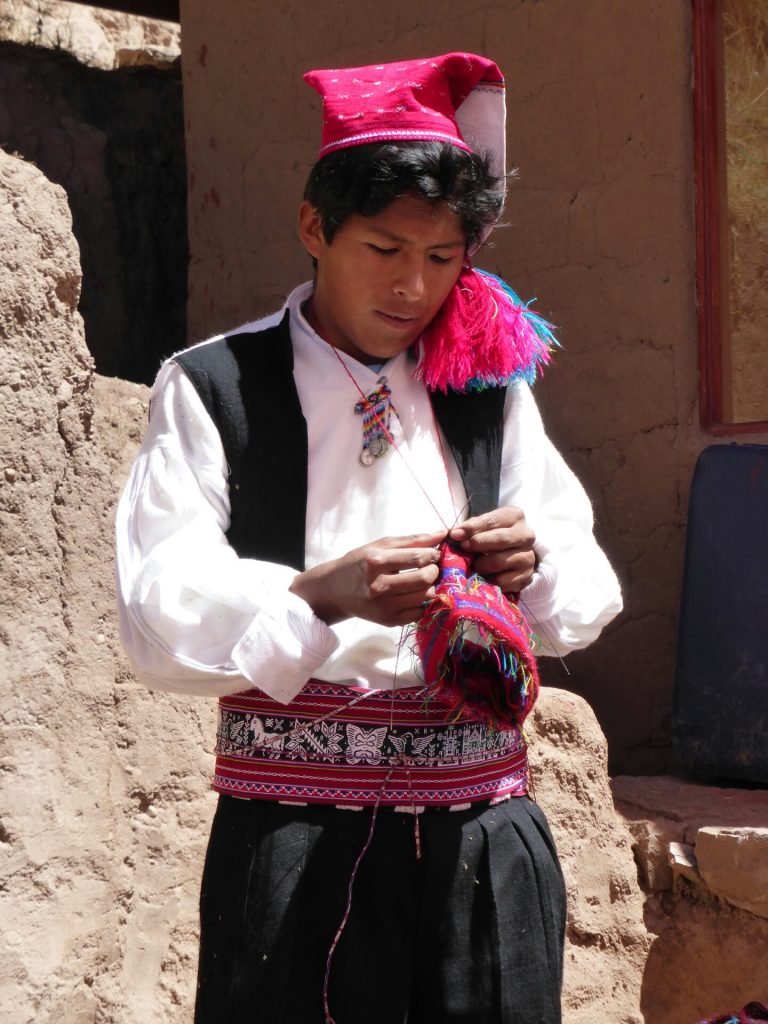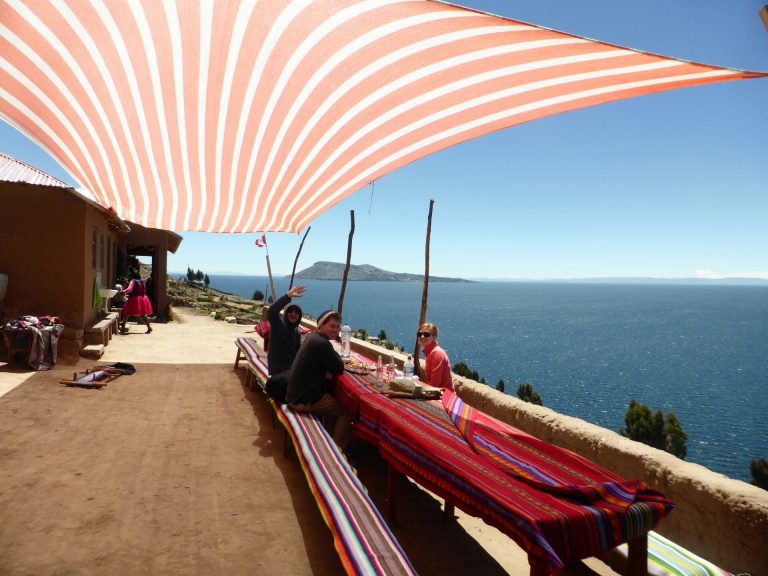Bonaire is an unusual, tropical part of the Netherlands it's famous for its superb diving, wind sports and breathtaking views. There is so much to see and explore and yet the island is small enough to see the highlights in just a few days. The best way to do so is by car since public transport is practically non-existent. For more adventurous people there is also a possibility of renting a scooter and for pure masochists– bikes. Choose wisely, Bonaire is one of those places where it’s always hot and sunny…
And off we go 🙂
-
The heart of the island- Kralendijk
A place where everyone’s journey starts. It’s where so many of the restaurants, cafes and night life is located. The city center is very small and concentrated around the waterfront. It’s worth looking at the local, colorful architecture and stop by for an ice-cream at Luciano (truly divine). Except for that I wouldn’t recommend spending too much time there, why let the nature wait, right?
-
Salt Pans
The most (in) famous sight of the island. Driving by, it’s impossible to miss the pink basins or the white mountains of salt. Don’t forget to look around, you might spot flamingos!
Looking at this beauty makes it easy to forget that it used to be a place where the slaves used to work. Back in the day, it was a very labor intense job done in a scorching heat….
-
Slave’s huts
Driving further south, you will come across white and then orange huts. They seem like the most charming, tiny houses with the best view on the sea…. In reality those were built for the slaves, so that they could rest after many hours of hard work. Incredibly those were constructed almost at the end of the slavery period around 1850. I don’t even dare to think in what conditions the workers slept before those appeared on the horizon.
-
The wild southern end
I always enjoy looking at the roughness of the sea, splashing waves and the power of nature. Here is one of the best spots to just do that. Such a short drive from Kralendijk one might feel like the southern end couldn’t be further from the inhabited world. There are many bizarre-looking sculptures at the shore made from whatever the locals could find here. And you can find quite some treasures in here, drift wood beautifully shaped by the sea, shells, stones… We felt a bit sad we couldn’t take anything with us. Bonaire is a protected area so all of its natural bits and pieces have to stay on the island. Gossip has it, that they just finished building a local prison so we definitely didn’t want to risk exploring it.
-
Lac Cai
This magical bay is a paradise with something for everyone. Those who love wind-sports will find perfect conditions to practice next to Sorobon resort. Those who travel with kids will enjoy shallow waters without waves perfect for swimming even for little ones on the other side of the bay. Those are surrounded by stunning mangrove trees and one of few sandy beaches on the island. On Sundays around noon this place comes to life with live music, fresh caught fish and a bit of beer 🙂
-
Mangrove center
Mangroves are extremely important for the island’s ecosystem and most of the area is off limit. The small part open for tourists can only be visited with a certified guide. Thankfully mangrove center has quite a few of those and they have plenty of interesting stories about animals and plants living in this environment. They organize nice tours with quite small groups. We would especially recommend the 2-hour kayaking tour which not only takes you through spooky natural mangrove tunnels but also allows you to admire the underwater world in the snorkeling part. Have you ever seen an upside down jelly fish or colorful sponges and coral on the roots of mangrove trees? Those views are worth absolutely every dollar of the 46 we paid for the excursion (per person).
-
The soul of the island- Rincon
Rincon has a local vibe, it’s where the Antillean part of the population lives. Part of it looks very run down and poor. Lately the worst looking houses got a bit of a make-over with lovely floral paintings. For those only it’s worth a drive (really!) and there is still a distillery to explore too. They are famous for their local cadushy liquor made from cacti. After driving for a while on the island you will realize, they will never run out of resources to make it…
They also had a brilliant idea of creating flavored liquors representing traditions of other Dutch islands. So there are plenty of interesting flavors to choose from.
If you’re more into heavier spirits they also produce delicious rum and not so delicious whisky, tequila and vodka i.m.o 🙂
TIP! Check the opening times before heading to the distillery. It only opens on Monday, Wednesday and Friday.
-
Posada para Mira
Just like the name states it’s an oasis to watch the local landscape. Located on a mountain it offers a splendid 360 degree view. It’s also the best spot to try some of the local specialties like iguana or goat stew. It closes at 6pm so it’s not really a dinner type of place. Such a shame, sunset here would be truly magical.
-
Goto Lake view point
We would highly recommend visiting it at sunrise to experience the beauty of this place in all its glory. You will see mountains coming to life, hear all the birds and see more and more pink dots emerging on the lake. Those are the little symbols of the island, flamingos. Being there at sunrise gives you a greater chance of spotting “pinkies” from close while driving down from the view point. The busier it gets the further on the lake they go.
-
Washington Slagbaai National Park
This place is worth a day trip on its own. It has two car routes to choose from. Short one takes an estimated 1.5 hour and the longer one 2.5 hour. But if you want to snorkel, dive, enjoy the beaches or simply really spend time exploring, it easily becomes a day trip. The park offers the most beautiful beaches, view points of the ocean and a chance to spot a fair amount of iguanas, lizards, crabs, fish and obviously flamingos. The population of the last one is especially dense around the pond near the old port building (indicated on the map below). We were very happy to see that recently they also built open huts in some of the most spectacular spots. Those are idyllic and perfect for a picnic.
-
Little Bonaire
No journey to Bonaire would be complete without visiting Little Bonaire. It’s a tiny, uninhibited island just off the coast facing Kralendijk. There are two water taxis which go there a few times a day. One leaves from a little port just downtown and the other one from nearby Eden resort.
The first thing we saw when reaching the island is a long, idyllic, sandy beach. It’s very peaceful and perfect to just relax and read a book. It’s a great place for snorkeling, diving and spotting turtles…. And that’s it… There is not really anything to see or do on the island. So if you don’t like the beach or underwater exploration, scrap it off your list 🙂 Remember to take all the food and necessities with you. There is literally no bar or toilet there.
-
1000 steps
Somehow this diving spot became very famous and started attracting tourists…. Maybe everyone wants to see those 1000 steps? I hate disappointing but I have to honestly say that the number refers more to a certain feeling than the exact number. If you are a diver and you get out of the water with your gear looking up to see the stairs (that you have to climb), they will seem endless…. As a tourist you will realize they are not nearly as many. Sorry I forgot to count them. Anyway it’s still a lovely spot to see:)
